If you’re looking for an African adventure that’s a lot more than just a wildlife safari, then Namibia’s for you. I’ve led about a dozen trips to Tanzania and the Serengeti over the past 20 years because I haven’t found a better place to see large numbers of African wildlife (in the wild, not a preserve). And without exception, those who went with me loved those trips. After returning, many told me they’d like to return, but on a different kind of trip, to see some different things. Which is why I led a trip to Namibia in 2019. Stunning landscapes, fascinating people and a different kind of wildlife experience – a real photography adventure. Covid forced me to cancel the 2020 return trip, and it’s taken until this year for me to do it again. Here’s why it’s such a special trip, and why it looks like I’ll returning again in April of 2025.
Quiver trees are unique to Africa, but there are only two places you can find a forest of them. One of those is in Namibia. That’s our first stop after leaving Windhoek, where we photograph them late in the day, then do a night shoot, then visit once more the next morning. The man that owns the land also keeps some orphaned cheetahs, and if you’re lucky, you’ll get to witness him feeding them.
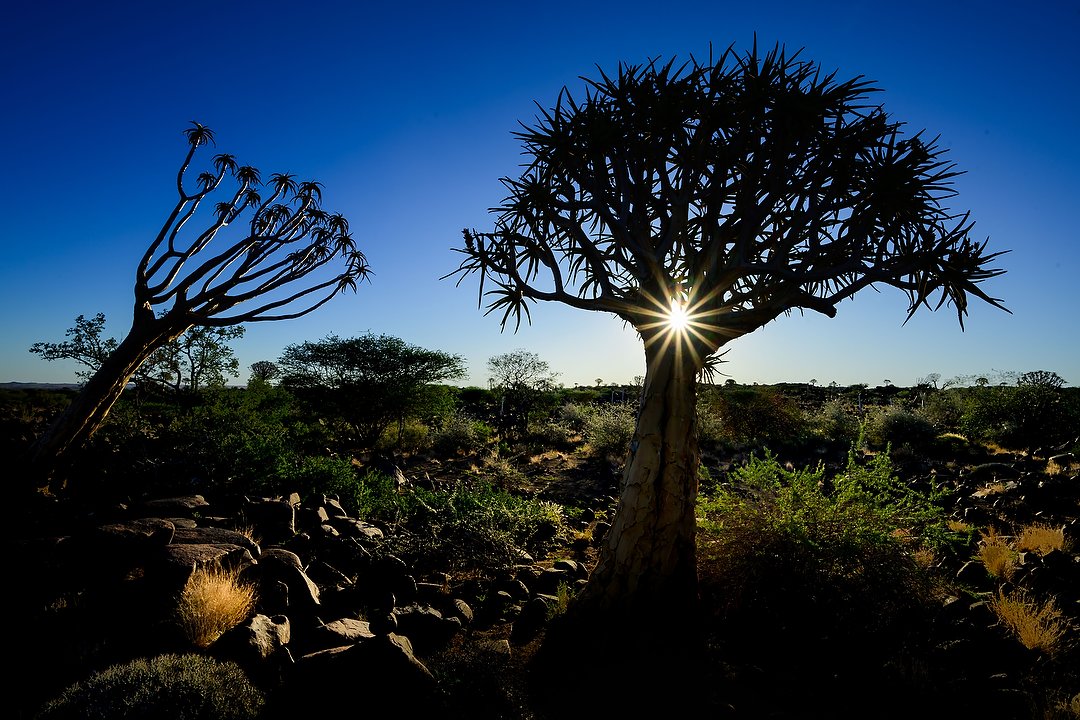
Leaving Windhoek, our first photo stop is the Quiver tree forest. We shot through sunset, then took a break for dinner. Nikon Z 8, Aperture Priority, Sunny white balance, ISO 80, 1/100 at f/16 in Matrix metering, -1.3 EV, Nikkor Z 14-30mm f/4 S lens at 17mm.
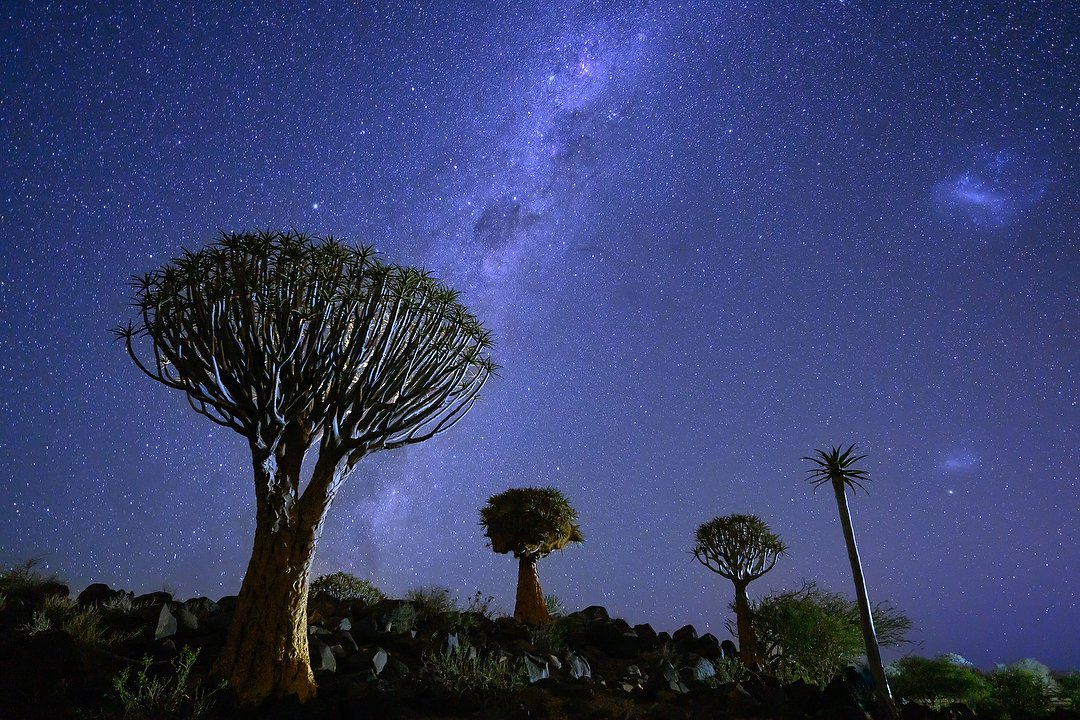
After nightfall we returned to the forest for some night photography. Dark skies are easy to come by there, so we managed to include the Milky Way and still be in bed before 10pm. Nikon Z 8, Manual exposure, 3800K white balance, ISO 8000, 30-seconds at f/4 in Matrix metering, -1.7 EV, Nikkor Z 14-30mm f/4 S lens at 19mm.
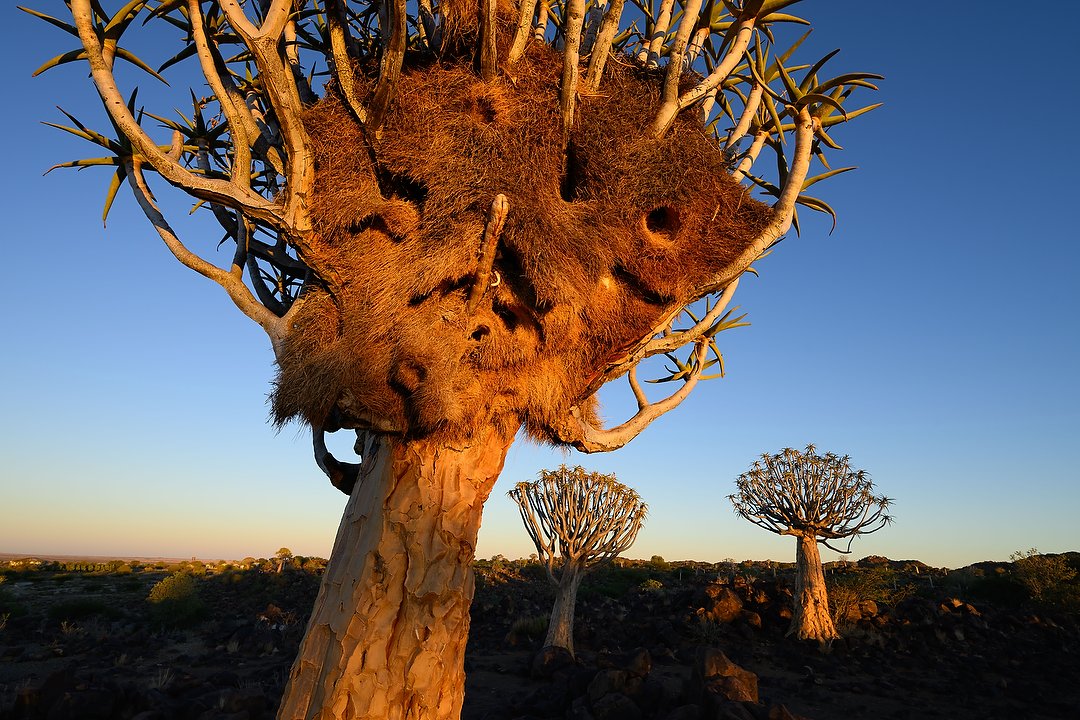
And we were back out in the forest before sunrise the next morning. Social weavers like to build nests in the trees, and sometimes those nests get so big they bring the tree down. Nikon Z 8, Aperture Priority, Sunny white balance, ISO 100, 1/50 at f/9 in Matrix metering, 0.0 EV, Nikkor Z 14-30mm f/4 S lens at 17mm.
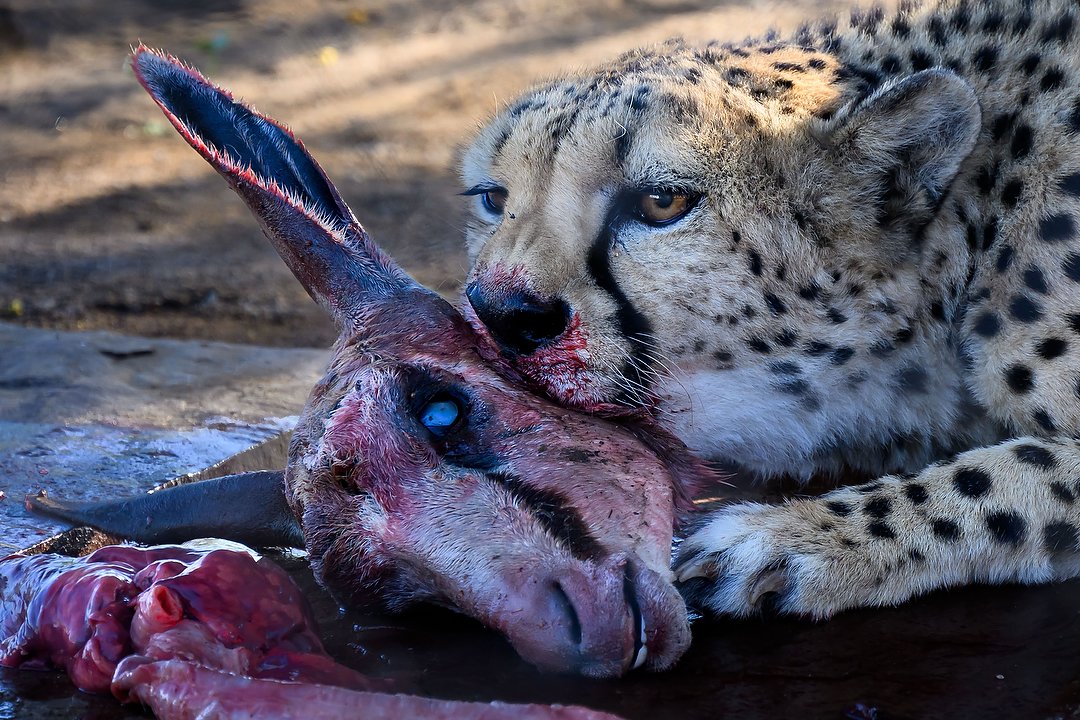
If you’re lucky, you’ll get to see the owner feed the cheetahs he’s rescued. Nikon Z 8, Aperture Priority, Sunny white balance, ISO 1250, 1/400 at f/6.3 in Matrix metering, -0.3 EV, Nikkor Z 24-200mm f/4-6.3 VR lens at 200mm.
From there we continued south to Luderitz where we spent the next night. Just before arriving, though, you see a large area of abandoned buildings just east of the road. That’s Kolmanskop, the former site of a German diamond mine abandoned in the 1950s and now a ghost town. It’s also our next big photo opportunity, as we spent the late afternoon wandering the old buildings that are slowly being reclaimed by the desert.
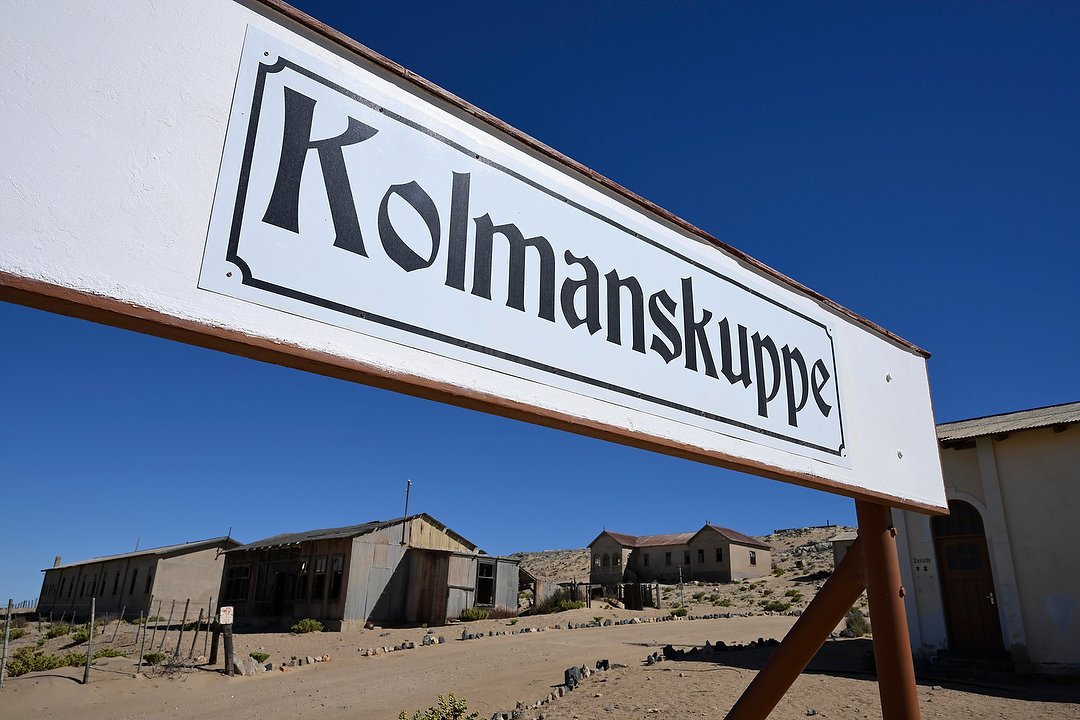
The entrance to the old German ghost town of Kolmanskop. Nikon Z 8, Aperture Priority, Sunny white balance, ISO 100, 1/400 at f/11 in Matrix metering, +0.3 EV, Nikkor Z 14-30mm f/4 S lens at 23mm.
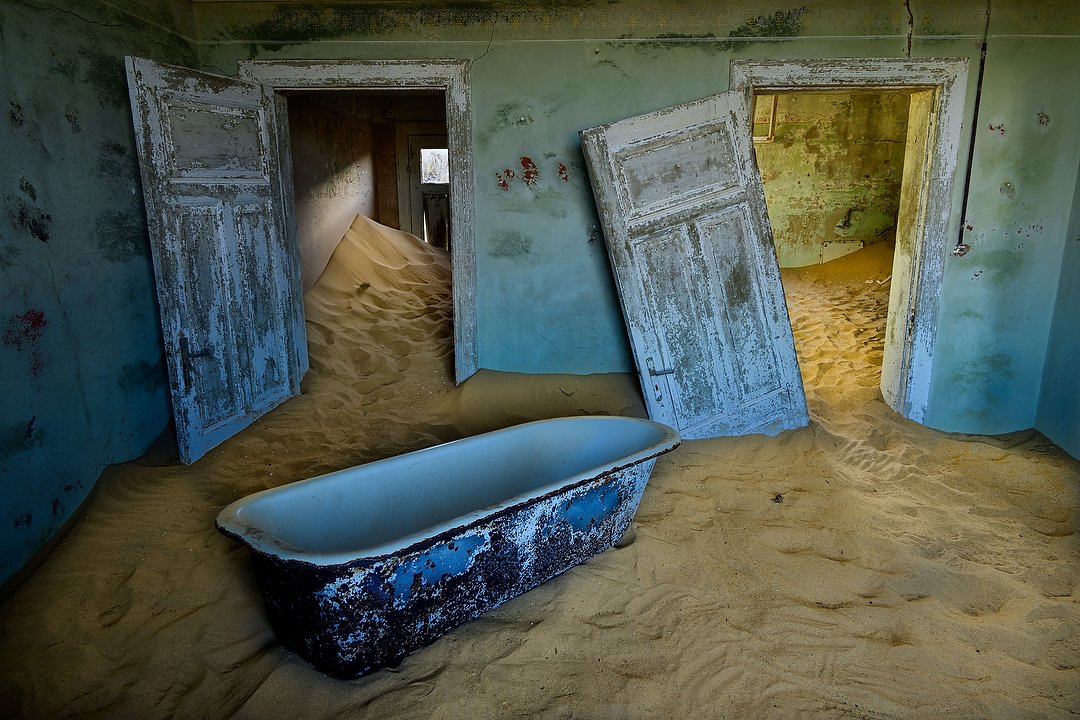
It’s scenes like this that make Kolmanskop such a great place for photography. Nikon Z 8, Aperture Priority, Sunny white balance, ISO 64, 1/2-second at f/10 in Matrix metering, -0.3 EV, Nikkor Z 24-200mm f/4-6.3 VR lens at 24mm.
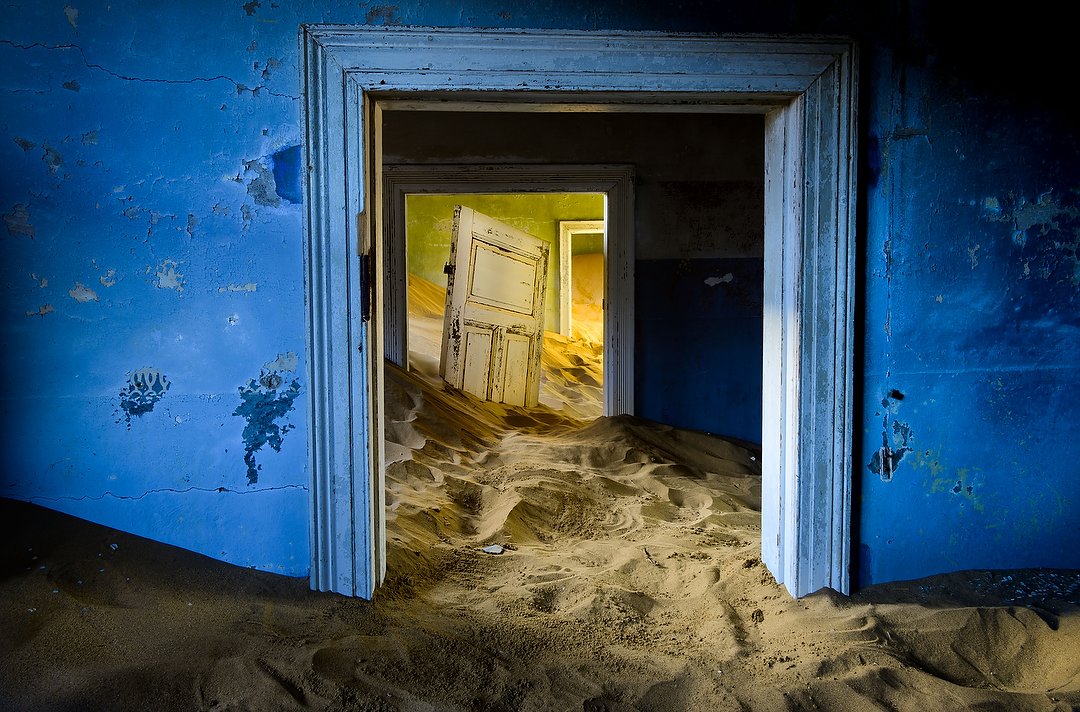
And the colors they used, even faded with all the years gone by, pair incredibly well with the drifting sand. Nikon Z 8, Aperture Priority, Sunny white balance, ISO 64, one-second at f/14 in Matrix metering, -0.3 EV, Nikkor Z 24-200mm f/4-6.3 VR lens at 24mm.
The next morning we re-traced our route north for a short distance before turning west. On the way, though, we made a short stop at an abandoned railroad station. After that we left paved roads for gravel. I’ll have to say they’re some of the best maintained gravel roads I’ve ever been on, but still, gravel roads. That’s what we’ll be on for much of the remainder of the trip. Now we’re headed to the famous Sossusvlei dunes, some of the largest and most colorful dunes in the world. Most of the day is spent driving there, although we did find a few things to shoot along the way.
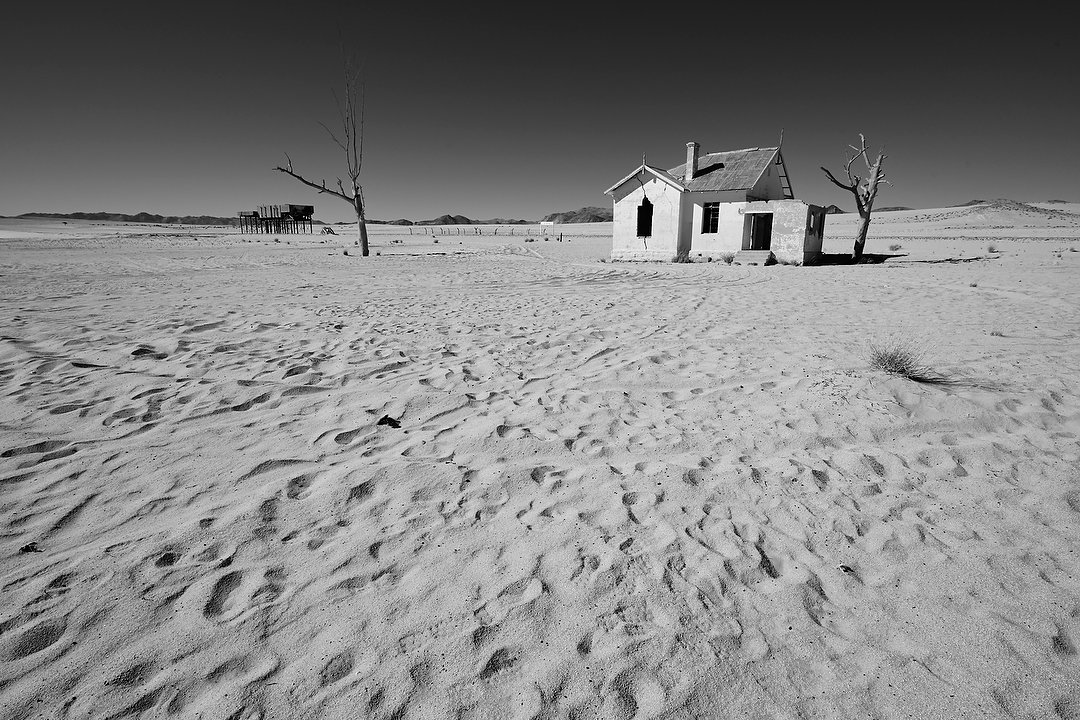
The abandoned railroad station south of Aus. It’s one of many reminders of how vast and empty the Namib desert is. Nikon Z 8, Aperture Priority, Sunny white balance, ISO 64, 1/200 at f/11 in Matrix metering, +0.3 EV, Nikkor Z 14-30mm f/4 S lens at 18mm.
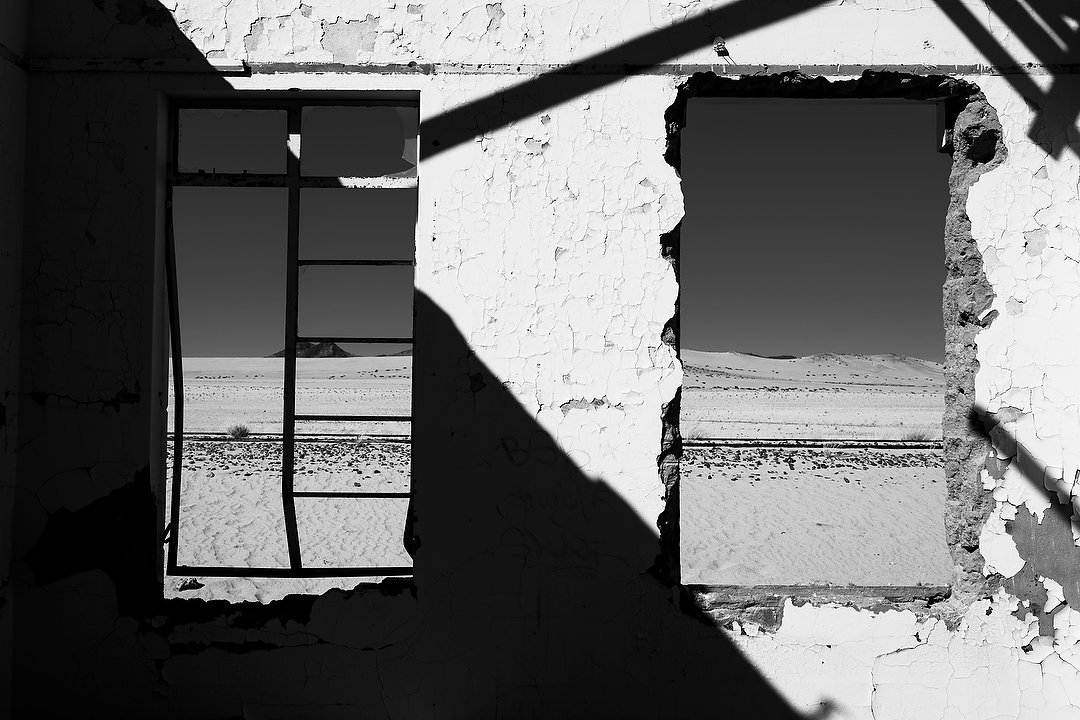
Inside/outside at the old railroad station. Nikon Z 8, Aperture Priority, Sunny white balance, ISO 64, 1/200 at f/11 in Matrix metering, 0.0 EV, Nikkor Z 24-200mm f/4-6.3 VR lens at 40mm.
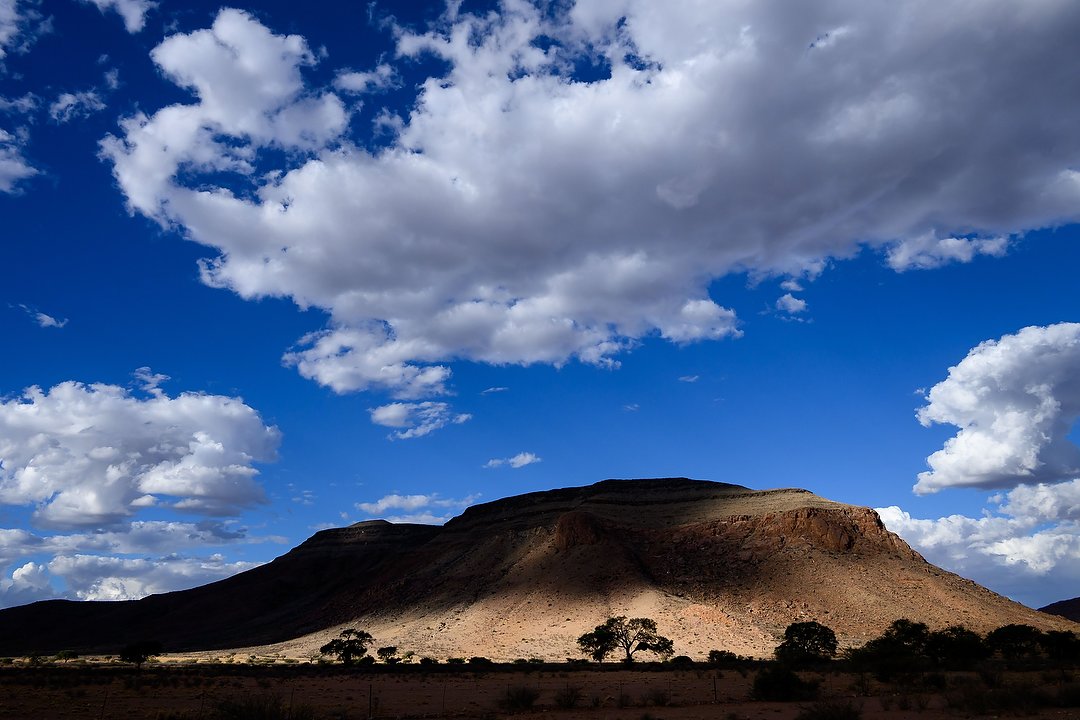
Shot from the window of the truck as we drove from Luderitz to Sossusvlei. While much of what we drive through is desert, it’s not all flat and empty. Nikon Z 8, Aperture Priority, Sunny white balance, ISO 400, 1/2000 at f/8 in Matrix metering, -0.7 EV, Nikkor Z 24-200mm f/4-6.3 VR lens at 24mm.
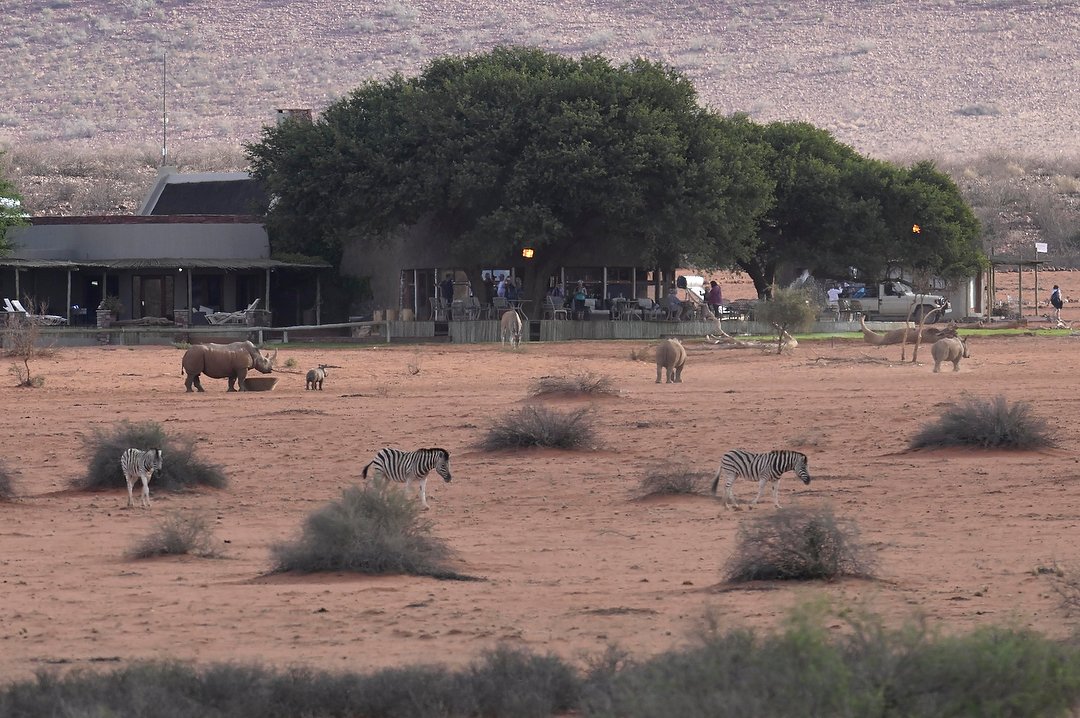
A safari camp we passed by on the way to Sossusvlei. And yes, those are rhinos. We plan to spend one afternoon and a night there during next year’s trip. Nikon Z 8, Aperture Priority, Sunny white balance,, ISO 800, 1/640 at f/8 in Matrix metering, -0.3 EV, Nikkor Z 180-600mm f/5.6-6.3 VR lens at 600mm.
After the first night at Sossusvlei, we rise before the sun the next morning to get an early start to the dunes. Probably the most famous location there is Deadvlei, a clay pan that was once a lake. When the river feeding it was blocked by sand approximately 900 years ago, the trees died. Believe it or not, because of the extremely dry climate, they remain, and are the focal point of some beautiful photos. You get to get there early enough to beat the crowds so you don’t have people in the pictures. And you also want to take advantage of the early light that gives you shadows on the dunes. Oh, and there’s the little matter of heat. By late morning, the temps can reach 100-degrees or more. We try to be back at camp by then.
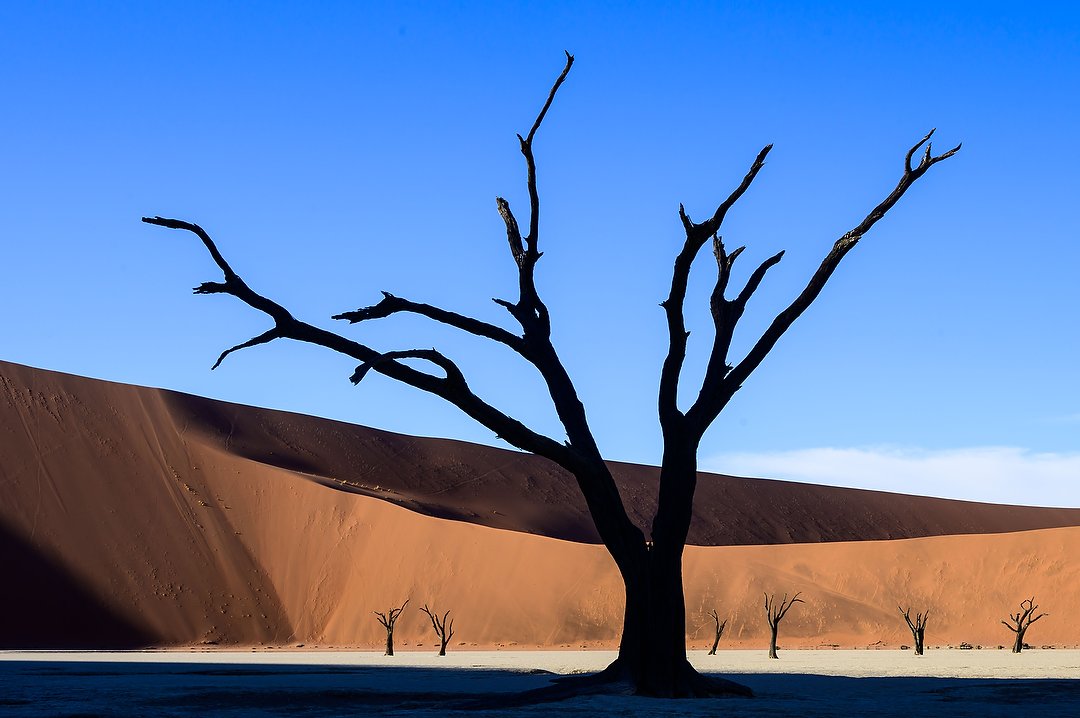
This is the kind of classic photo you want to make at Deadvlei. But you need to get there early enough to put those shadows to work. Nikon Z 8, Aperture Priority, Sunny white balance, ISO 64, 1/50 at f/16 in Matrix metering, 0.0 EV, Nikkor Z 24-200mm f/4-6.3 VR lens at 42mm.
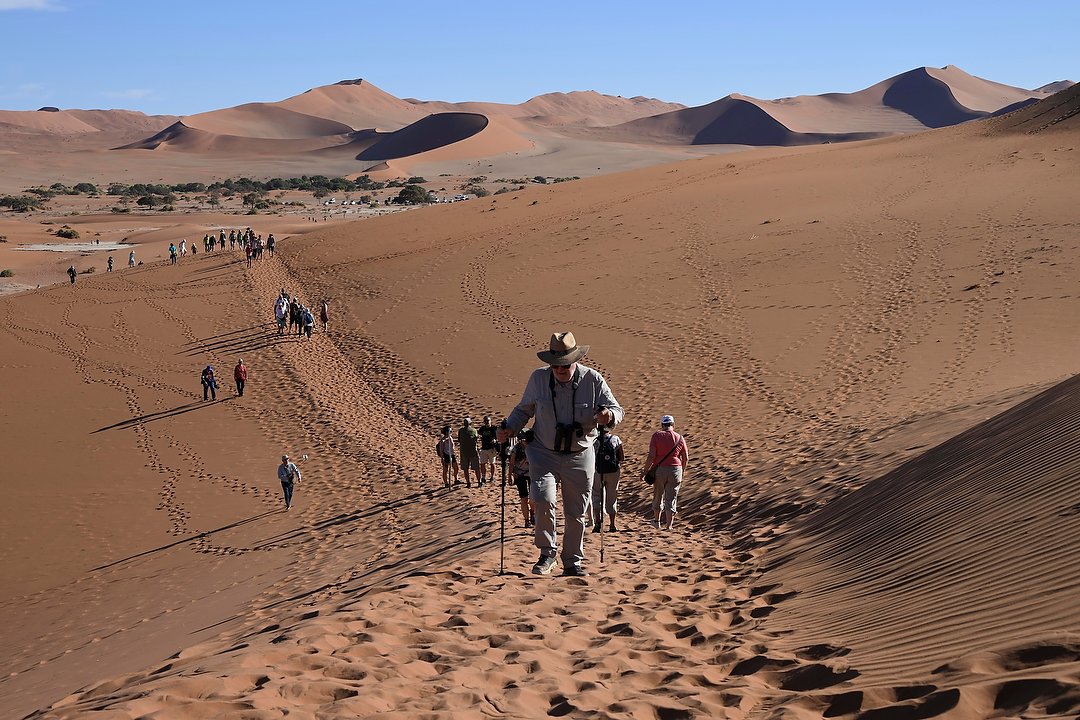
And this is the other reason you want to get to Deadvlei early. By 9am, large numbers of tourists are starting the hike in. Nikon Z 8, Aperture Priority, Sunny white balance, ISO 64, 1/160 at f/10 in Matrix metering, -0.3 EV, Nikkor Z 24-200mm f/4-6.3 VR lens at 55mm.
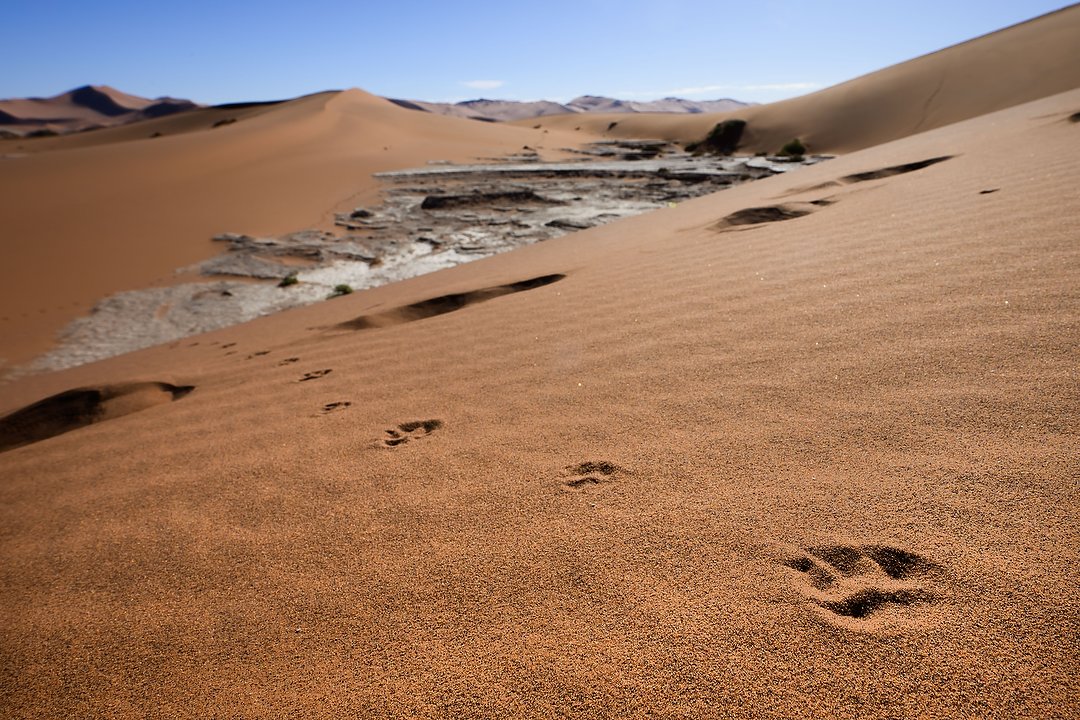
Despite the unforgiving environment, there are signs of life in the dunes. Nikon Z 8, Aperture Priority, Sunny white balance,, ISO 64, 1/100 at f/16 in Matrix metering, -0.3 EV, Nikkor Z 14-30mm f/4 S lens at 18mm.
Later that afternoon a few of us returned to photograph the dunes in different light. That made some nice photos, but wow, the heat was intense!
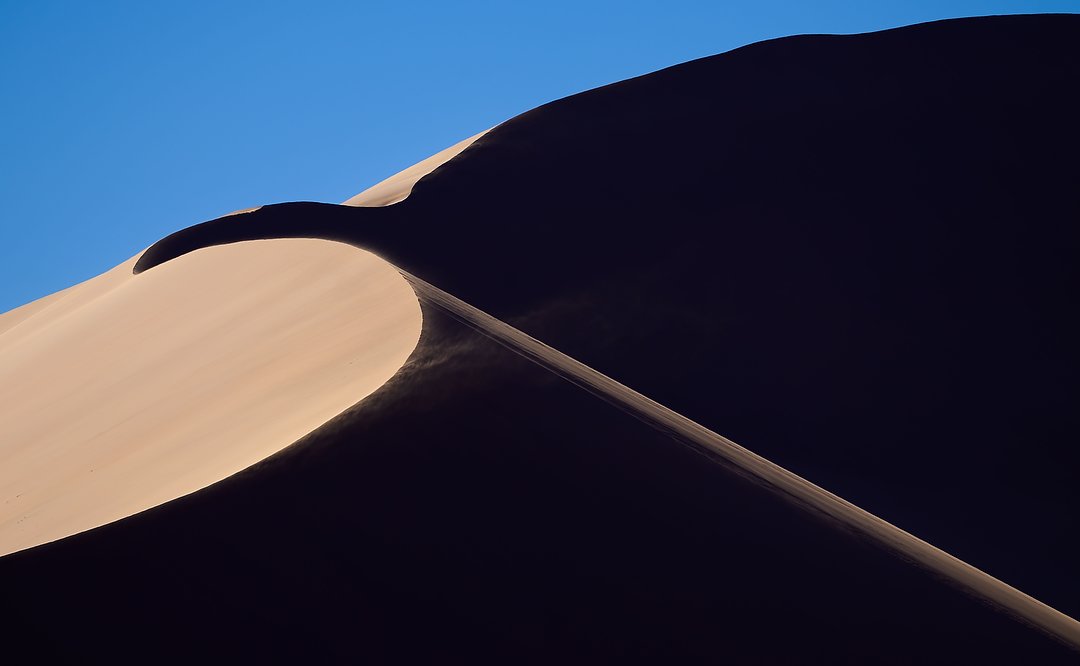
My favorite photo from our visit to the dunes that afternoon at Sossusvlei. Unfortunately, I had to walk about a half-mile in 100-plus degree heat to get this angle. On the plus side, it was a dry heat! Nikon Z 8, Aperture Priority, Sunny white balance, ISO 125, 1/640 at f/6 in Matrix metering, -0.7 EV, Nikkor Z 180-600mm f/5.6-6.3 VR lens at 450mm.
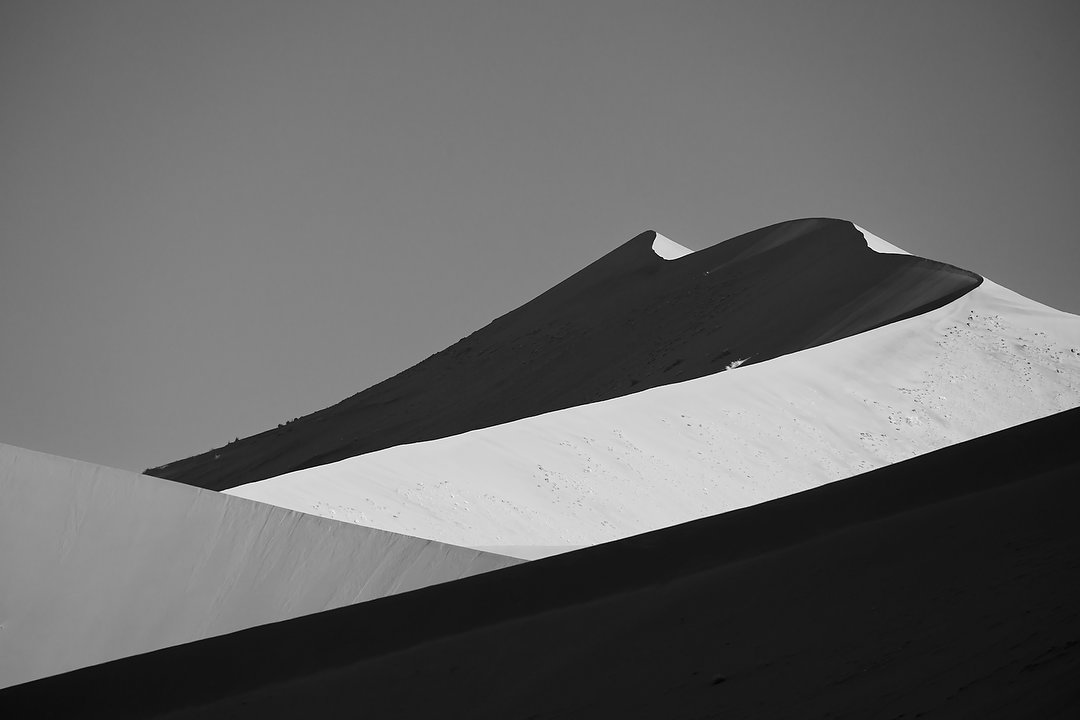
Where there wasn’t good color, I switched my camera to black-and-white to emphasize the lines and shadows. Nikon Z 8, Aperture Priority, Sunny white balance, ISO 200, 1/800 at f/7.1 in Matrix metering, -0.3 EV, Nikkor Z 180-600mm f/5.6-6.3 VR lens at 530mm.
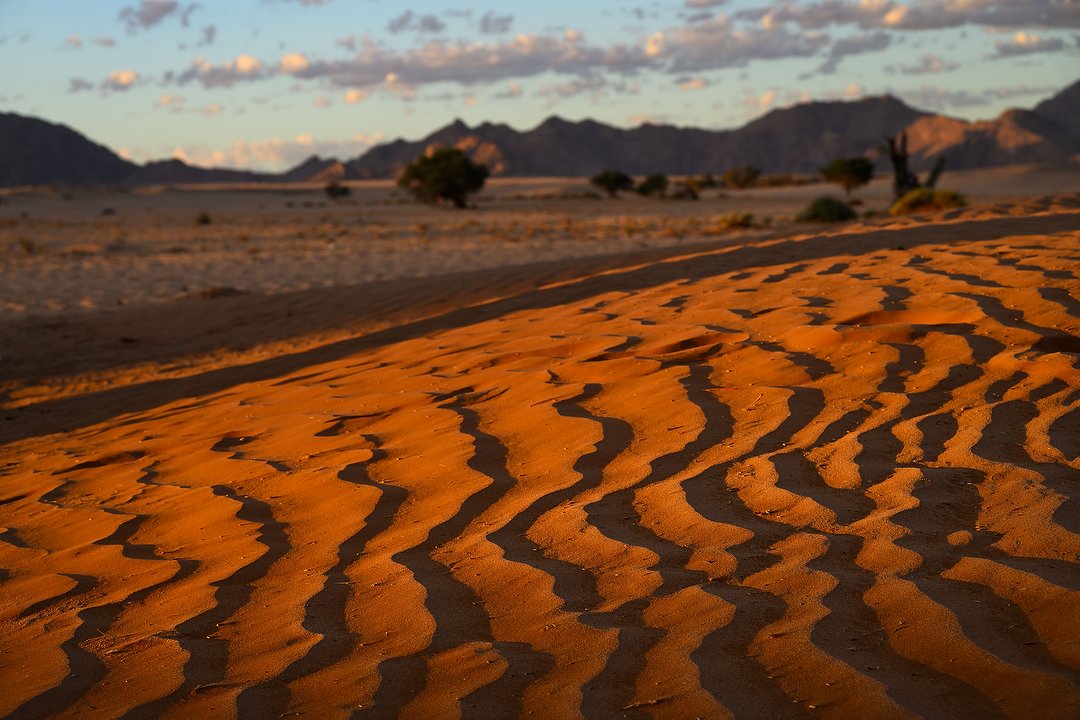
Back at camp by sunset, I found this scene catching the last light of day while walking to my cabin. Nikon Z 8, Aperture Priority, Sunny white balance, ISO 160, 1/80 at f/8 in Matrix metering, -0.3 EV, Nikkor Z 24-200mm f/4-6.3 VR lens at 83mm.
The next morning we had another early start, but this time to photograph the dunes themselves in early light, instead of Deadvlei. Having been to Sossusvlei before, I’d made notes about the best places to do that, which is where we went.
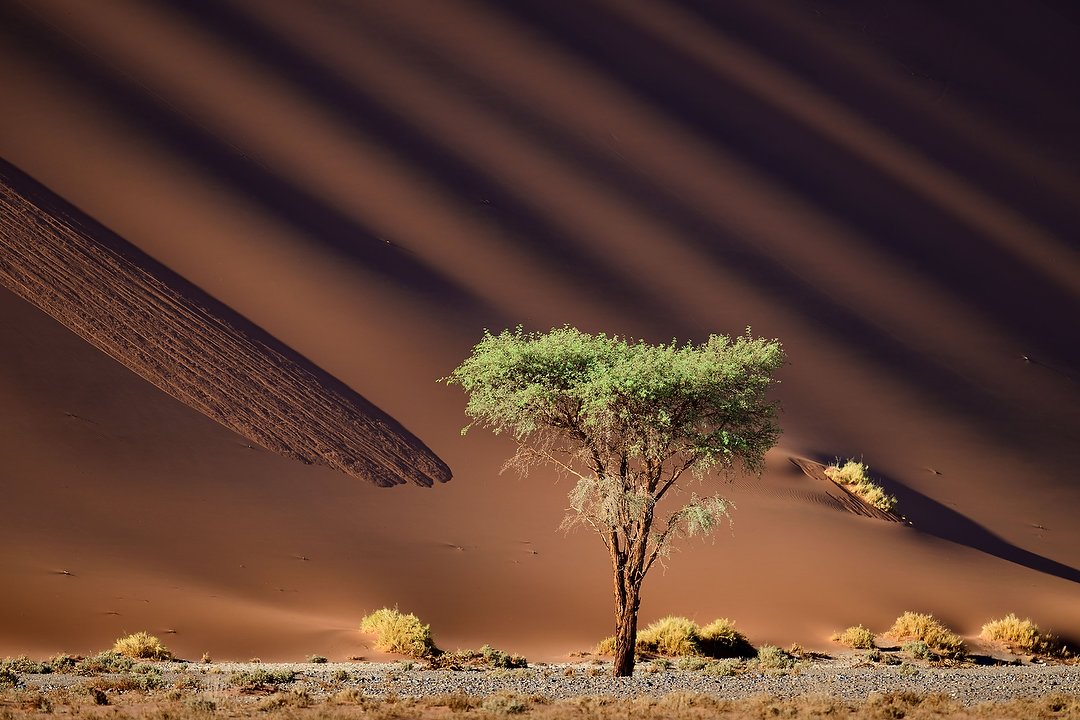
The dunes are numbered by how far they are from the entrance, and having been there before, I knew just where to go. This is Dune 40. By having two mornings in the dunes, we had time to photograph early light at both Deadvlei and the dunes themselves. Nikon Z 8, Aperture Priority, Sunny white balance, ISO 125, 1/400 at f/6 in Matrix metering, -0.7 EV, Nikkor Z 180-600mm f/5.6-6.3 VR lens at 480mm.
Leaving the dunes that morning before the heat became too much, our group now split. Most had paid extra for a flight from Sossusvlei to Swakopmund (where we’d spend the night), avoiding a six-hour drive. While that flight could be made in 40-minutes, they spent 1.5-hrs “flightseeing,” first over the dunes before viewing more of the Namib desert, then following the coast to their destination.
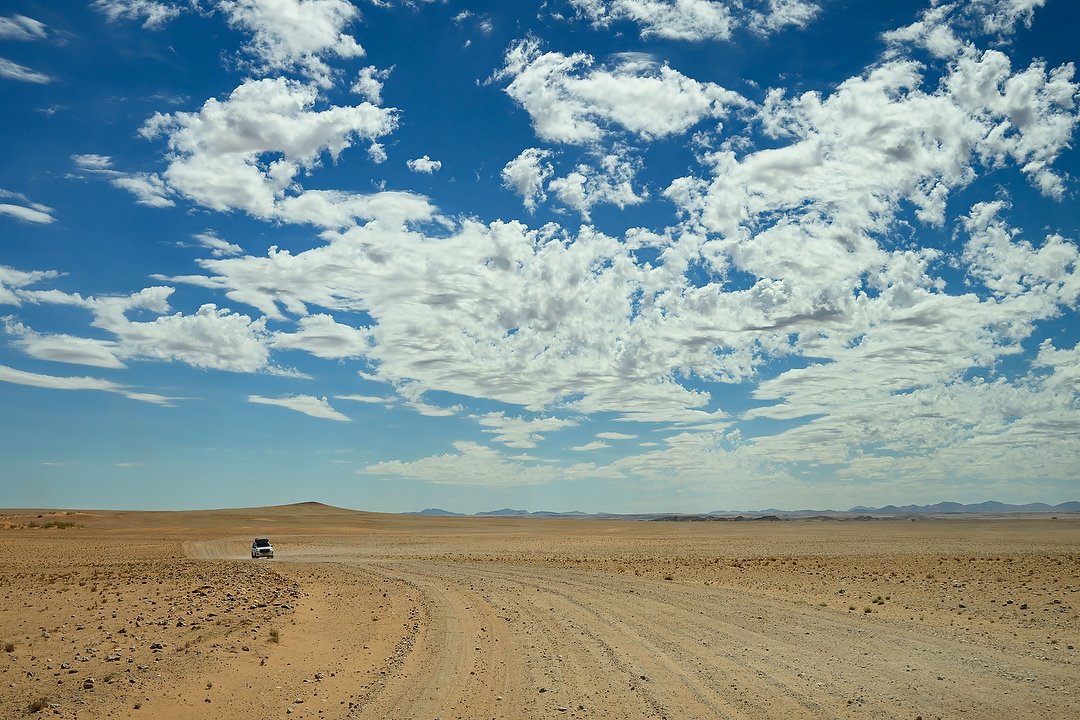
For those of us who chose not to fly to Swakopmund, this is what we saw for much of the drive. Over the course of the trip, you truly get a feel for the vastness of the Namib desert, and how challenging it must have been for the indigenous people living there. Nikon Z 8, Aperture Priority, Sunny white balance, ISO 160, 1/2000 at f/8 in Matrix metering, -0.3 EV, Nikkor Z 24-200mm f/4-6.3 VR lens at 35mm.
Departing Swakopmund the following morning, we followed the coastline north, through heavy fog along the Skeleton Coast. In early days, Portuguese sailors called it “The Gates of Hell,” as it was very hard to navigate. Most of the shipwrecks along it have disintegrated over time, but there’s still a few, and we made a stop to photograph one. Continuing north, this is mostly a travel day to put us in place for the next day’s activities. We spent the night at a nice lodge in the heart of Damaraland.
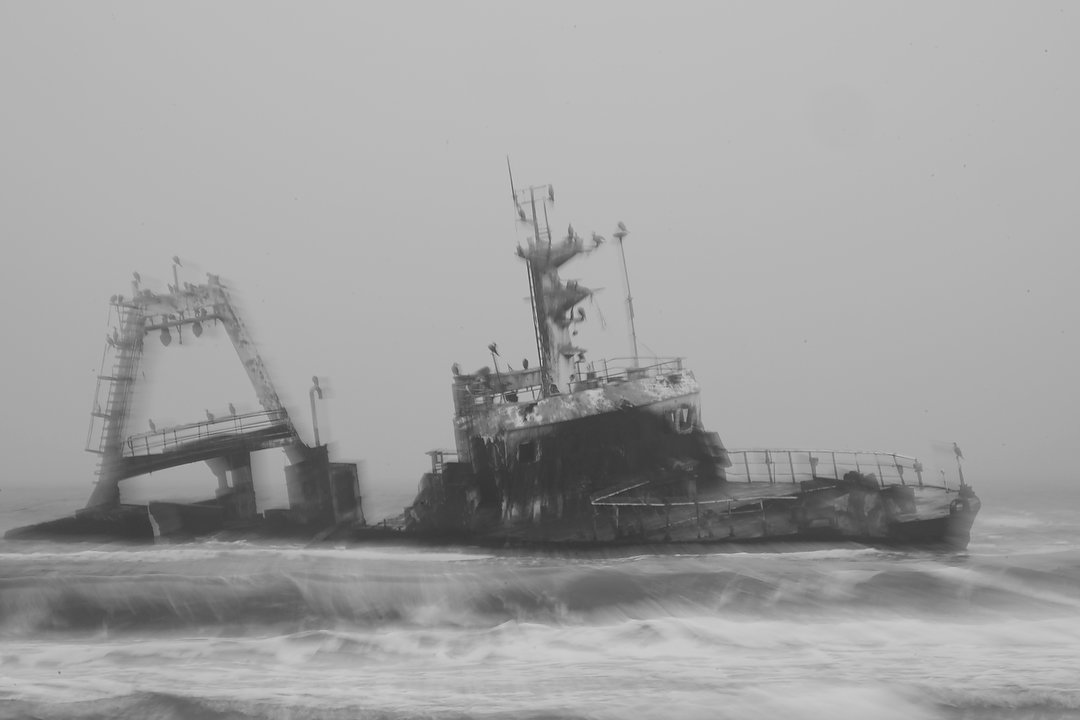
The remains of a shipwreck on the Skeleton Coast. Nikon Z 8, Aperture Priority, Sunny white balance, ISO 32, 1/4-second at f/29 in Matrix metering, +0.7 EV, Nikkor Z 24-200mm f/4-6.3 VR lens at 140mm.
Our first stop the following morning is at the Otjikandero Himba Orphan Village. Started about 20 years ago, it takes in Ovahimba orphans and families raise them in the traditions and culture of the Himba people. Their most distinctive features are the red ochre body paint they use (partly as an insect repellant) and the braiding of their hair. Due to the harshness of their life, in addition to paying a fee to visit, we brought along bags of food (beans, rice, fresh fruit, milk, etc.) to give them.
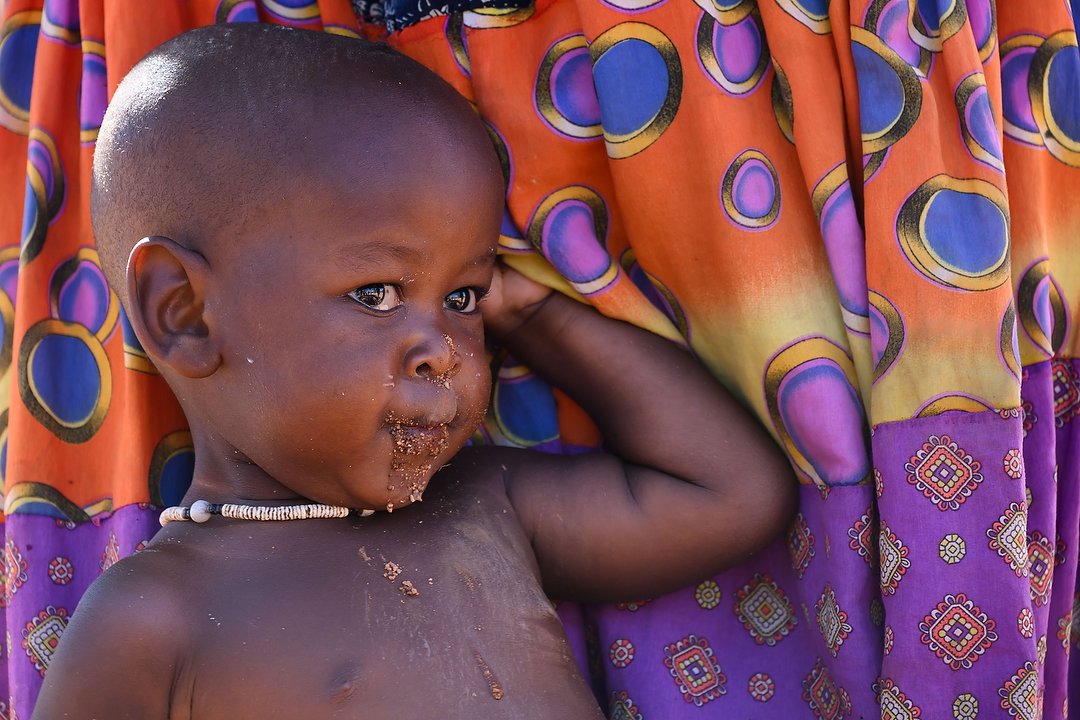
Nikon Z 8, Aperture Priority, Sunny white balance, ISO 500, 1/200 at f/6.3 in Matrix metering, 0.0 EV, Nikkor Z 24-200mm f/4-6.3 VR lens at 200mm.
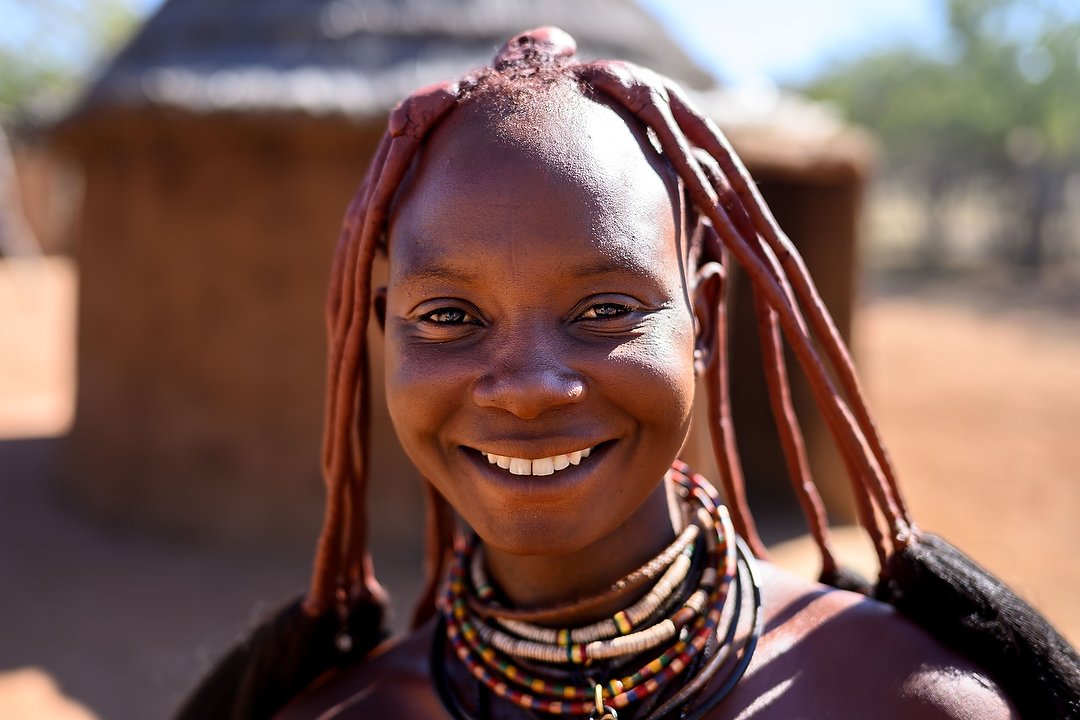
Nikon Z 8, Aperture Priority, Sunny white balance, ISO 64, 1/400 at f/2.5 in Matrix metering, +0.3 EV, Nikkor Z 40mm f/2 lens.
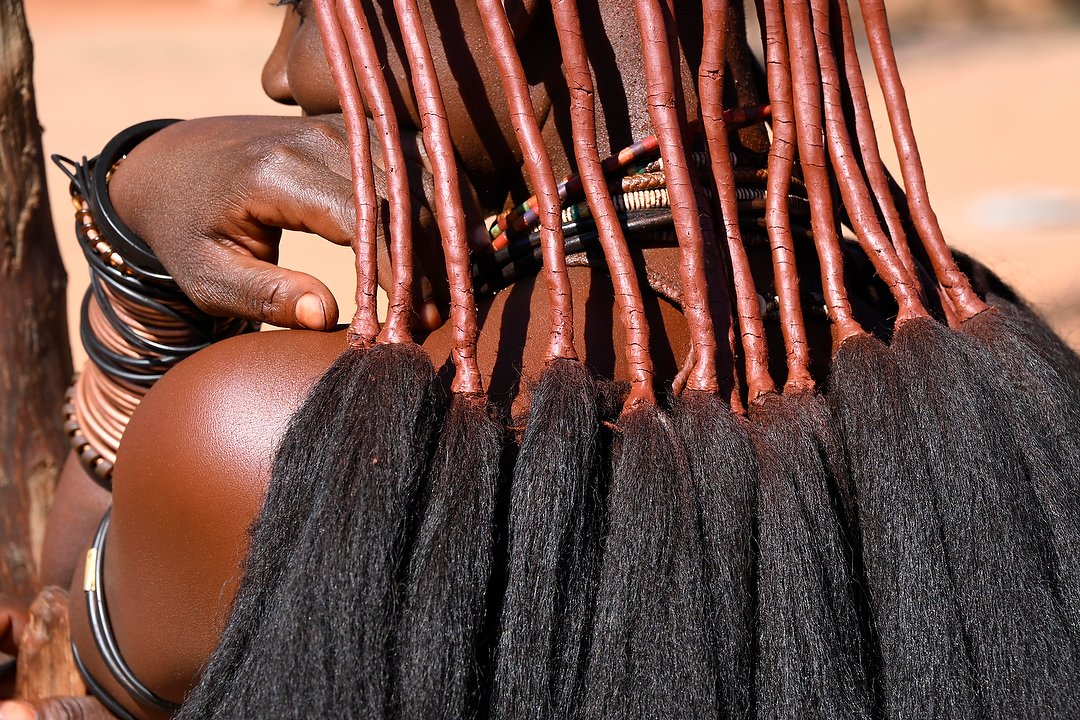
Nikon Z 8, Aperture Priority, Sunny white balance, ISO 320, 1/320 at f/10 in Matrix metering, -0.3 EV, Nikkor Z 24-200mm f/4-6.3 VR lens at 155mm.
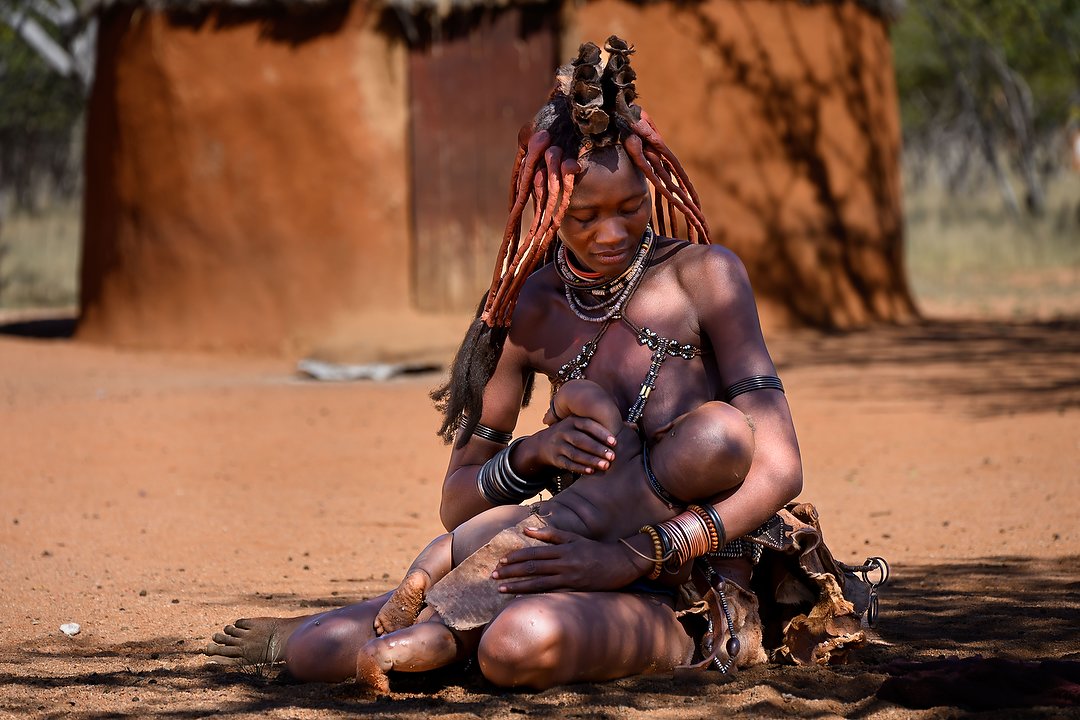
Nikon Z 8, Aperture Priority, Sunny white balance, ISO 160, 1/320 at f/7.1 in Matrix metering, 0.0 EV, Nikkor Z 24-200mm f/4-6.3 VR lens at 185mm.
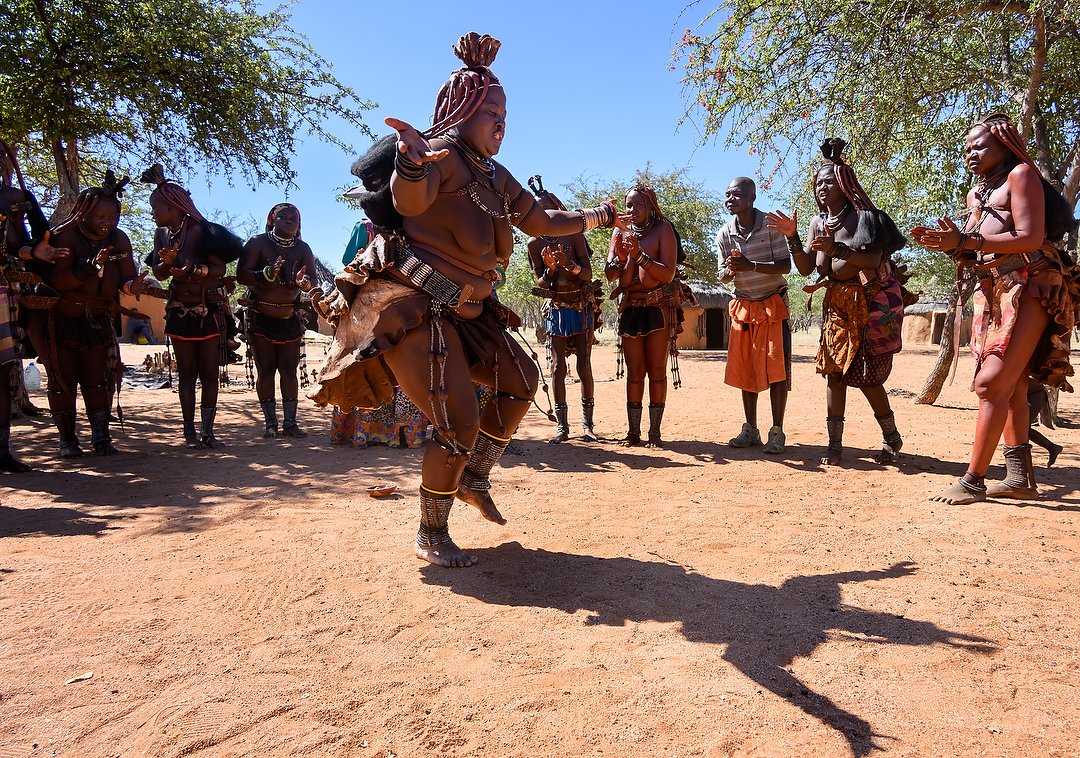
Nikon Z 8, Aperture Priority, Sunny white balance,, ISO 500, 1/1000 at f/8 in Matrix metering, -0.3 EV, Nikkor Z 24-200mm f/4-6.3 VR lens at 24mm.
After lunch at a lodge, we were off to Etosha National Park. One of the best wildlife sanctuaries in Africa, it’s known for its waterholes. After checking in to our lodge there, we spent the afternoon on our first “game drive,” looking for wildlife.
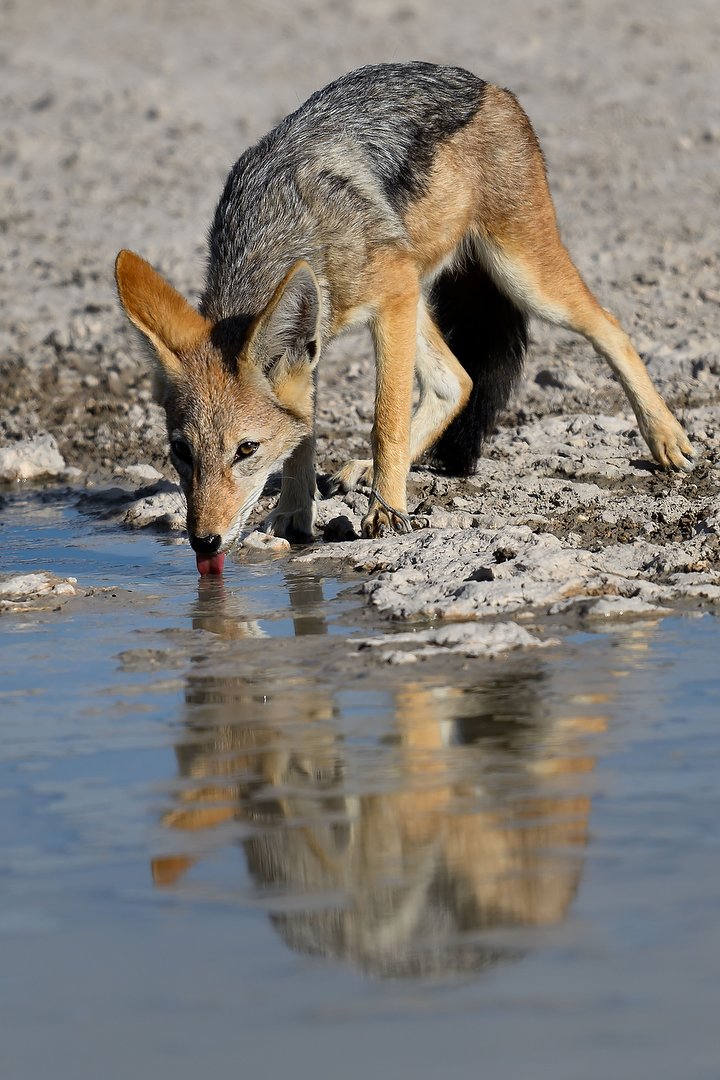
One of our first good wildlife sightings after entering Etosha National Park was this, a black-backed jackal. Nikon Z 8, Aperture Priority, Sunny white balance, ISO 180, 1/1600 at f/6.3 in Matrix metering, 0.0 EV, Nikkor Z 180-600mm f/5.6-6.3 VR lens at 600mm.
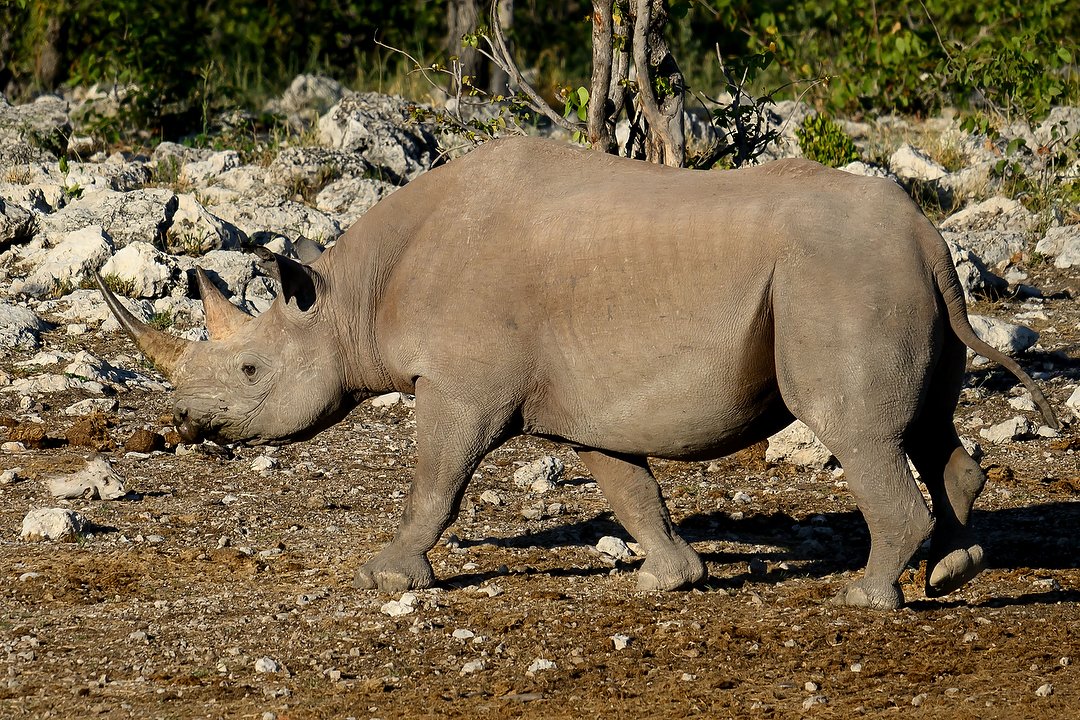
I was shocked when we came upon this white rhino at a watering hole that first afternoon. Because of poaching, it’s rare to find rhinos in the wild. Generally, the best places to see and get good photos are at reserves or safari camps, where they’re fenced in and closely guarded. Nikon Z 8, Aperture Priority, Sunny white balance,, ISO 400, 1/1600 at f/6.3 in Matrix metering, 0.0 EV, Nikkor Z 180-600mm f/5.6-6.3 VR lens at 600mm.
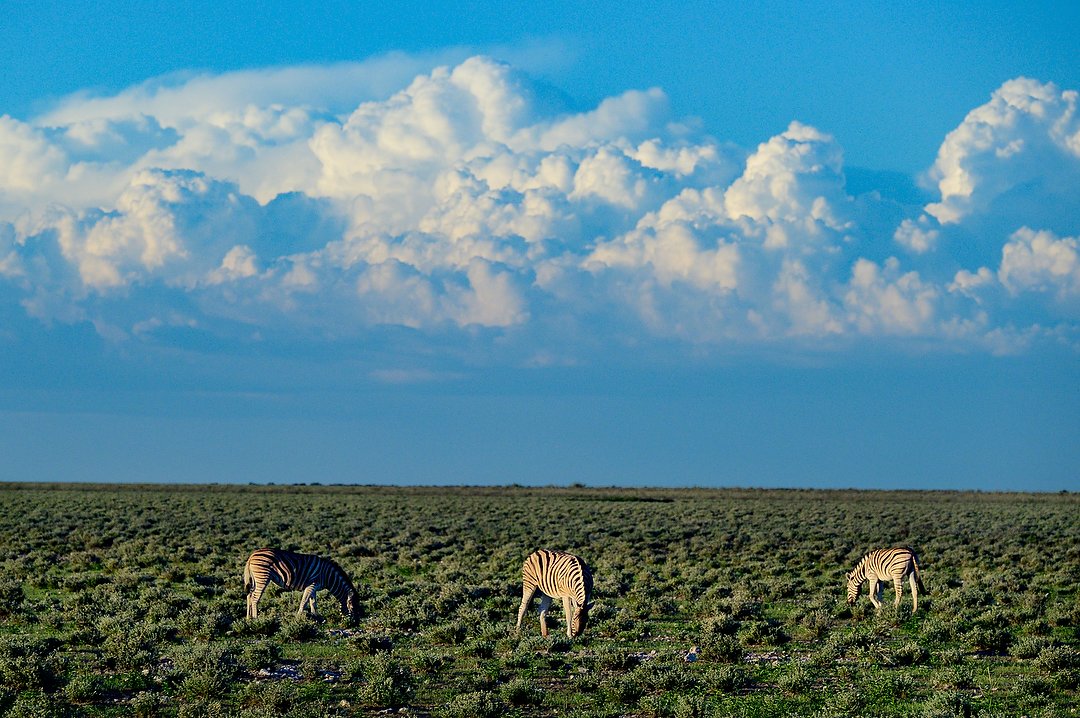
Zebra grazing on one of the grassy plains in the park. Nikon Z 6 II, Aperture Priority, Sunny white balance, ISO 900, 1/2000 at f/8 in Matrix metering, -0.3 EV, Nikkor Z 24-200mm f/4-6.3 VR lens at 180mm.
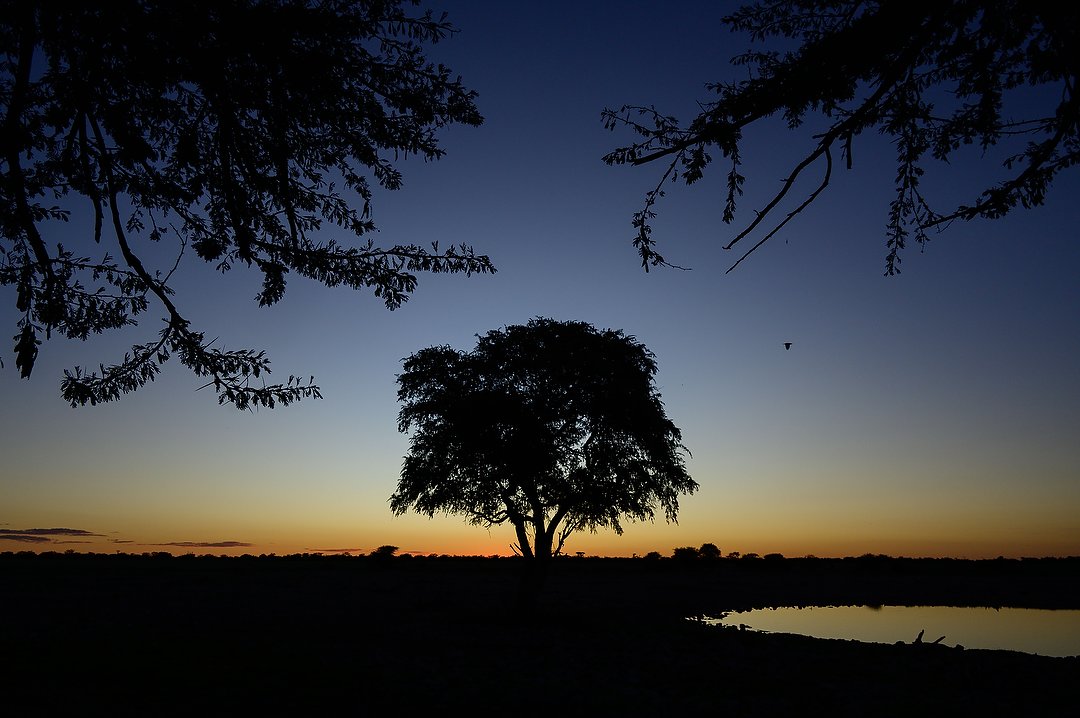
The first night in Etosha, we stayed at a lodge just inside the park. The big appeal to that is they have a watering hole, where you can sit behind a wall and watch the wildlife while enjoying sunset. Nikon Z 6 II, Aperture Priority, Sunny white balance, ISO 320, 1/320 at f/8 in Matrix metering, -1.7 EV, Nikkor Z 24-200mm f/4-6.3 VR lens at 24mm.
The following day we’d work our way across the park to the east entrance, where we’d stay at a lovely lodge just outside the park for the next two nights. Our visit to the park would total three days, leaving late the final morning after one last game drive to head back to Windhoek. (For the 2025 trip I’m helping plan, we’ll stop halfway to Windhoek for one last night at a game camp.)
Here are a few photos from those days. More can be found at the end of this story:
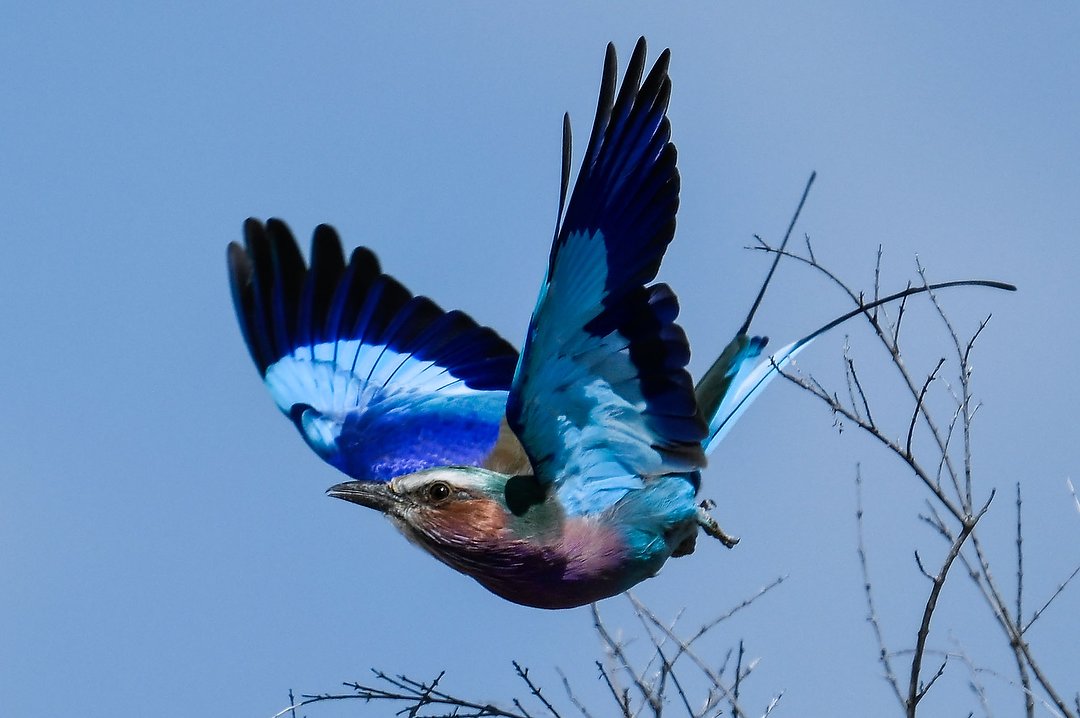
A lilac-breasted roller takes flight from a tree near the road. They’re one of the most colorful birds we see, and always fun to photograph in flight. Nikon Z 8, Manual exposure, Sunny white balance, ISO 250, 1/2500 at f/6.3, Nikkor Z 180-600mm f/5.6-6.3 VR lens at 600mm.
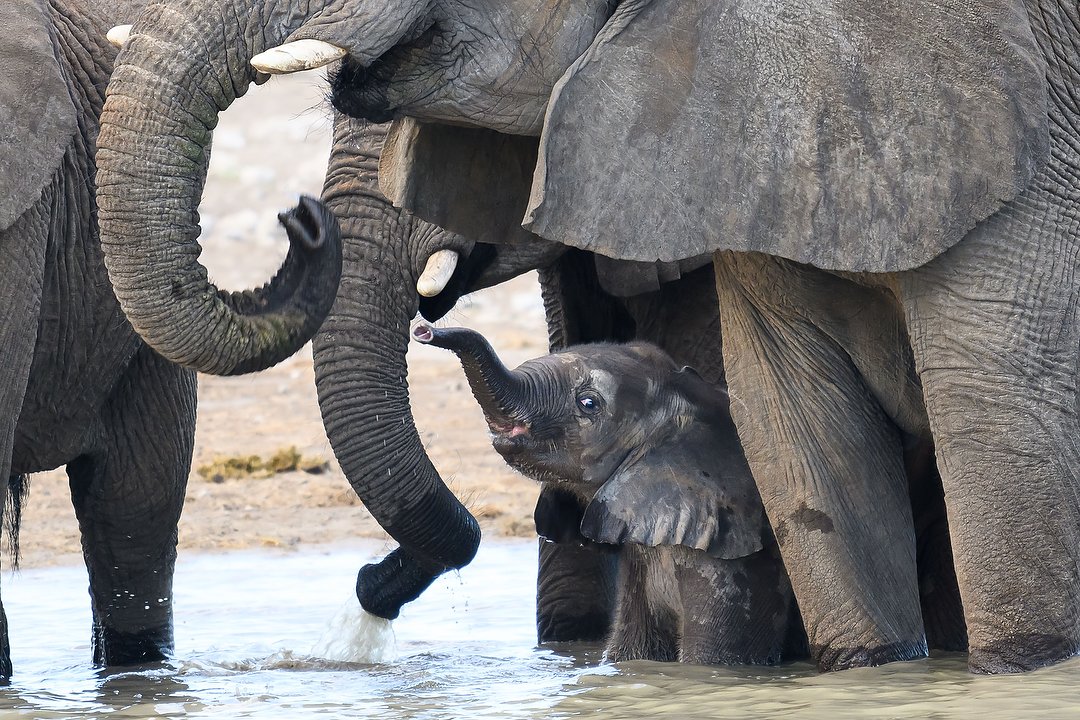
I love watching the social animals, like elephants. And it’s especially fun when there are little ones among the group. Nikon Z 8, Aperture Priority, Sunny white balance, ISO 1000, 1/250 at f/6.3 in Matrix metering, +0.3 EV, Nikkor Z 180-600mm f/5.6-6.3 VR lens at 600mm.
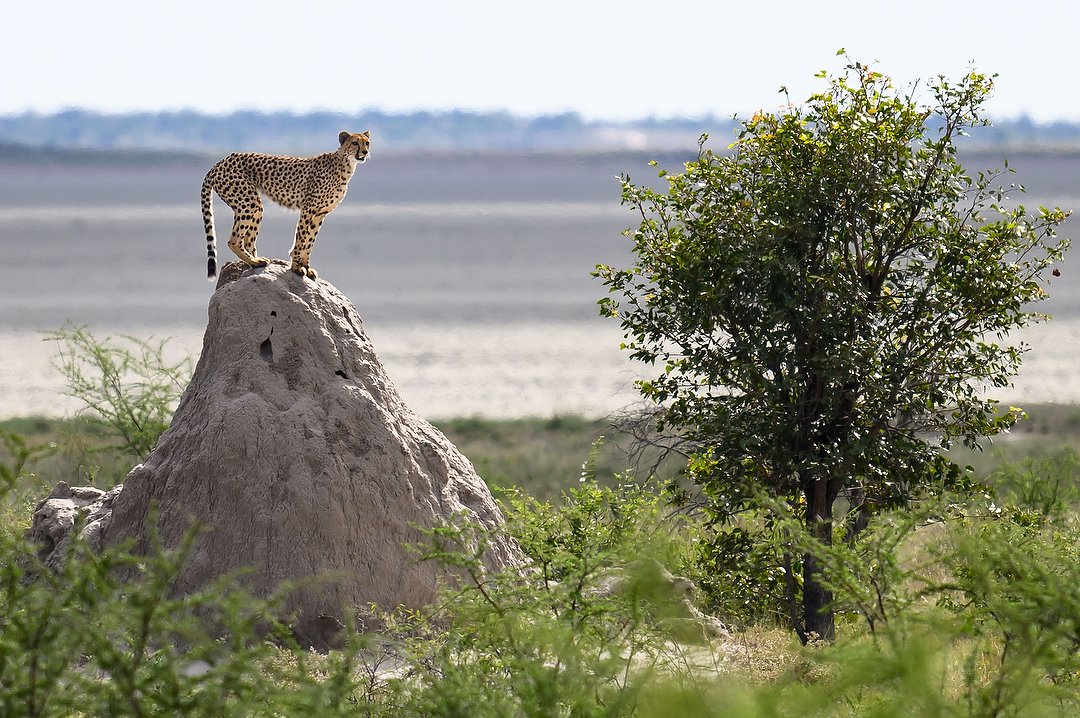
We were especially lucky finding cheetahs. This one was using a termite mound to keep an eye on the area around her. Nikon Z 8, Aperture Priority, Natural Auto white balance, ISO 500, 1/1600 at f/6.3 in Matrix metering, +1.0 EV, Nikkor Z 180-600mm f/5.6-6.3 VR lens at 600mm.
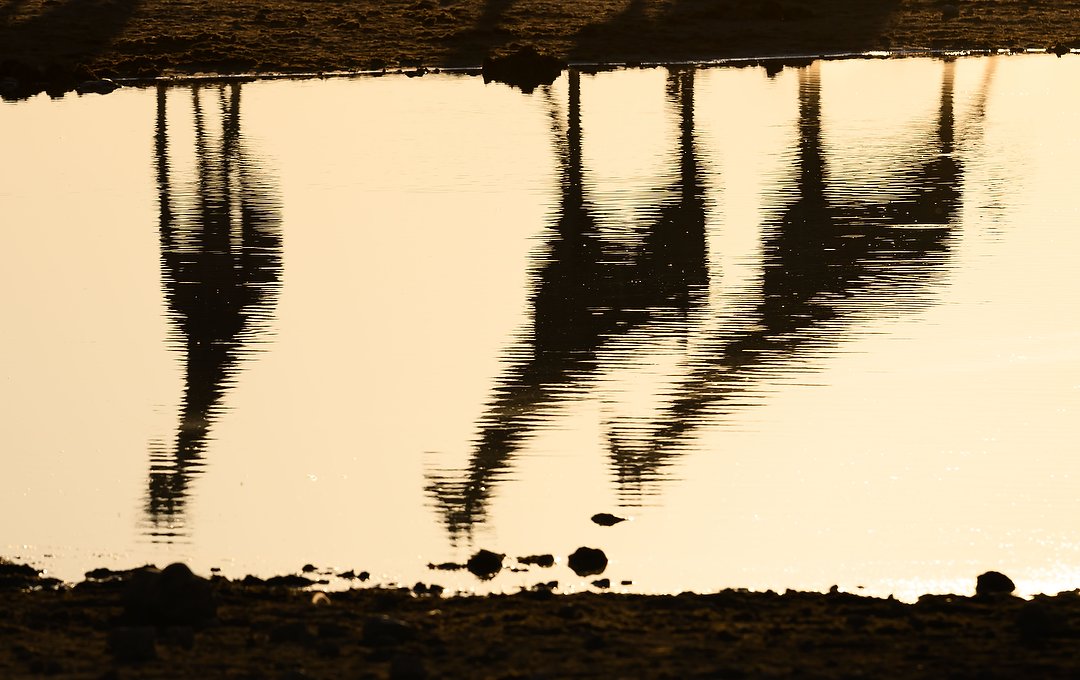
Not only are the watering holes a natural magnet for wildlife, they also give you the opportunity to work with reflections. Nikon Z 8, Aperture Priority, Natural Auto white balance, ISO 220, 1/1600 at f/9 in Matrix metering, 0.0 EV, Nikkor Z 180-600mm f/5.6-6.3 VR lens at 350mm.
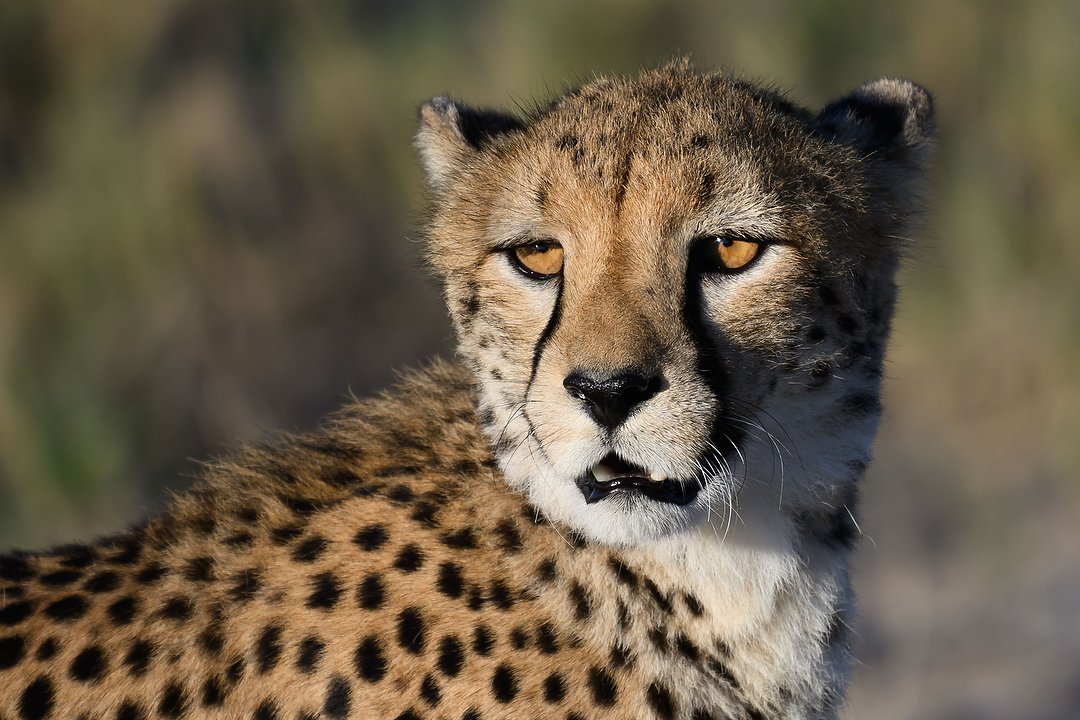
This was one of a pair of male cheetahs who were hunting together. Nikon Z 8, Aperture Priority, Natural Auto white balance, ISO 450, 1/1600 at f/6.3 in Matrix metering, 0.0 EV, Nikkor Z 180-600mm f/5.6-6.3 VR lens at 600mm.
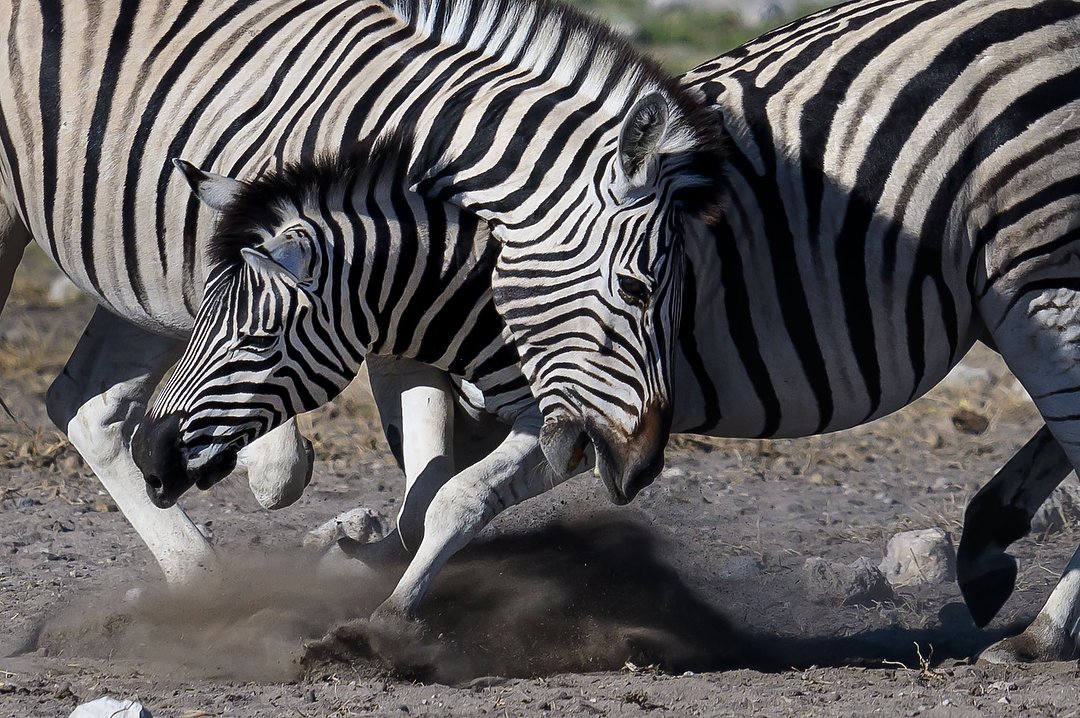
We regularly saw groups of zebras, but these two youngsters put on a show for us with their play. Nikon Z 8, Aperture Priority, Natural Auto white balance, ISO 320, 1/1600 at f/8 in Matrix metering, -0.3 EV, Nikkor Z 180-600mm f/5.6-6.3 VR lens at 600mm.
Are there challenges? Sure. Africa in general is a long way away from the states, and you’ll be headed to southwest Africa. That means getting there is going to require at least one very long flight. The capital, Windhoek, is a modern African city with great infrastructure, where you’ll start and end the trip. The first 2.5 days you’re on well maintained, paved roads. The rest of the time, until heading back to Windhoek from Etosha, it’s mostly gravel. They can be rough at times and always noisy. I recommended the group bring inflatable seat cushions or extra back support and have music or audio books to listen to during the long drives, which worked out well. Oh, and the days can be hot, but bugs are rare.
Is it worth it? Absolutely. You’ll visit unique locations with beautiful scenery. The Himba people are fascinating, and the wildlife in Etosha National Park would be reason enough for the trip. After touring Namibia, will I still return to the Serengeti? Yes, in fact I’ll take people there once more in 2025, because for pure wildlife experiences, the Serengeti is hard to beat. But I’ll also return to Namibia. Having seen these photos, is there any reason to wonder why?
– I’m in the process of planning another trip there in late April of 2025. If you’re interested in coming along, let me know –
(If you like this story, please share it with your friends and let them know about the links on photography that I post on my business Facebook page. You can also find my photos on Instagram. And if you’re curious about the workshops I teach, you can find them here. Finally, you can subscribe to this blog on my home page.)
Here are some more photos from the three days we spent at Etosha National Park:
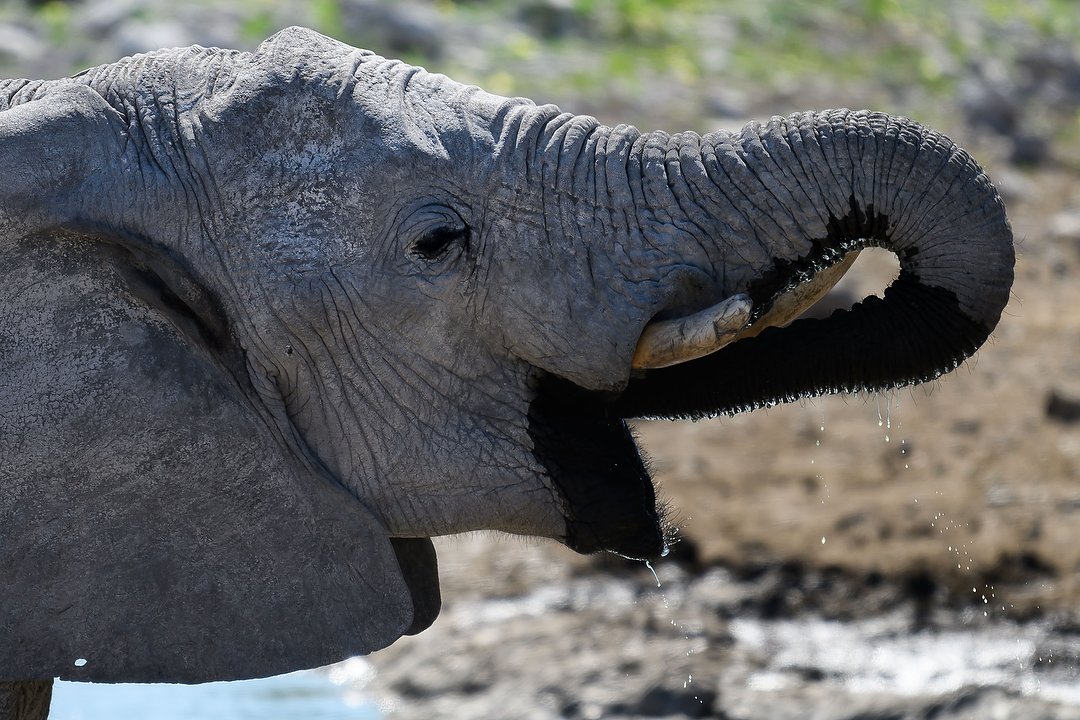
Nikon Z 8, Aperture Priority, Sunny white balance, ISO 400, 1/1250 at f/6.3 in Matrix metering, 0.0 EV, Nikkor Z 180-600mm f/5.6-6.3 VR lens at 600mm.
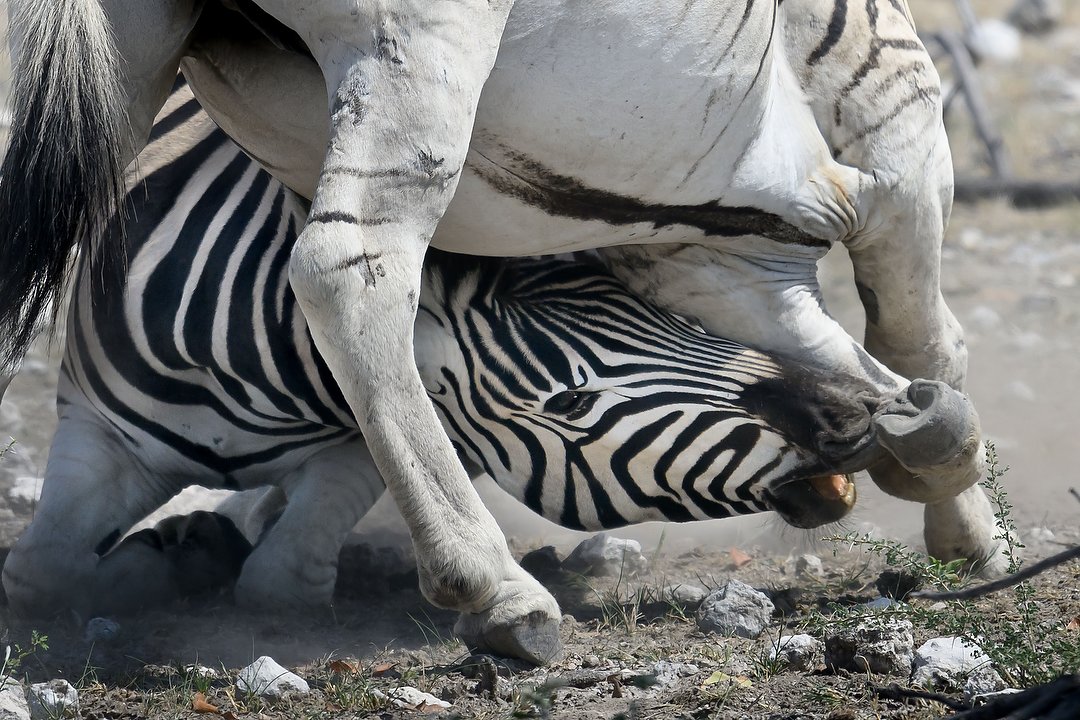
Nikon Z 8, Aperture Priority, Sunny white balance, ISO 500, 1/1600 at f/6.3 in Matrix metering, 0.0 EV, Nikkor Z 180-600mm f/5.6-6.3 VR lens at 570mm.
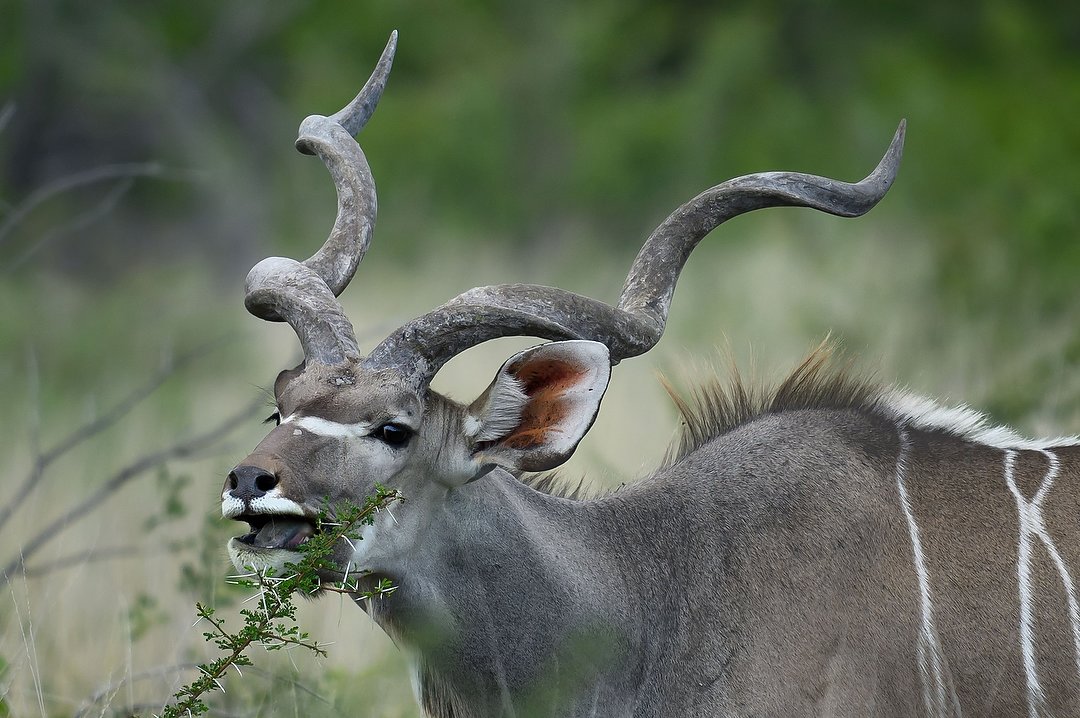
Nikon Z 8, Aperture Priority, Sunny white balance, ISO 400, 1/640 at f/6.3 in Matrix metering, 0.0 EV, Nikkor Z 180-600mm f/5.6-6.3 VR lens at 600mm.
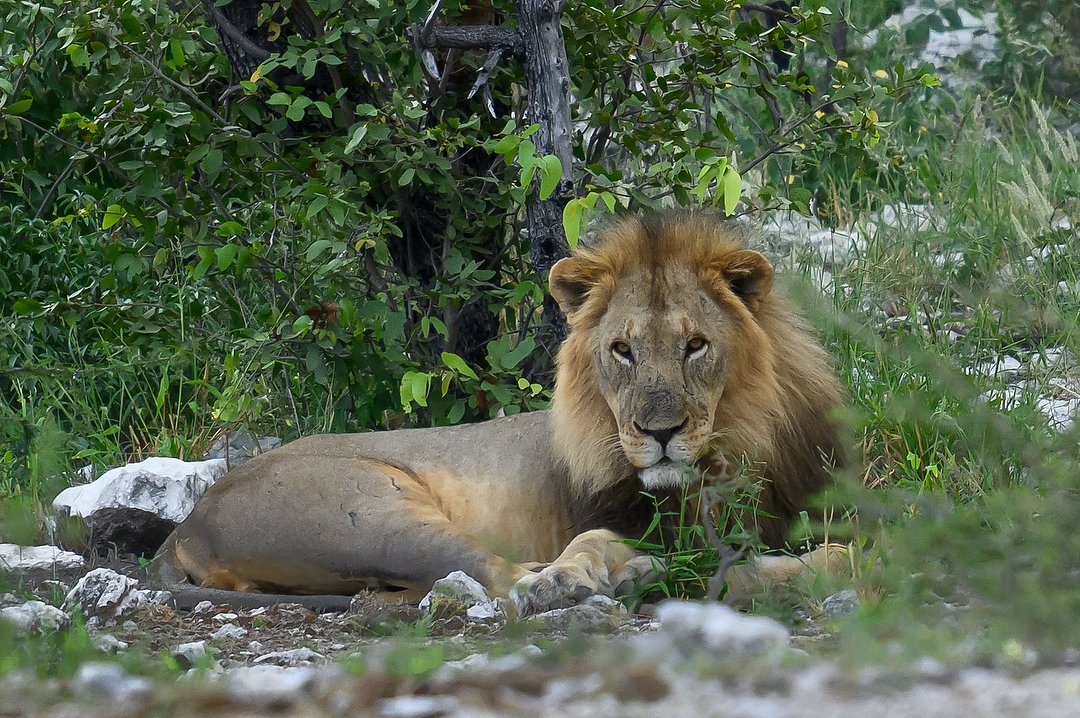
Nikon Z 8, Aperture Priority, Sunny white balance, ISO 800, 1/800 at f/6.3 in Matrix metering, -0.3 EV, Nikkor Z 180-600mm f/5.6-6.3 VR lens at 600mm.
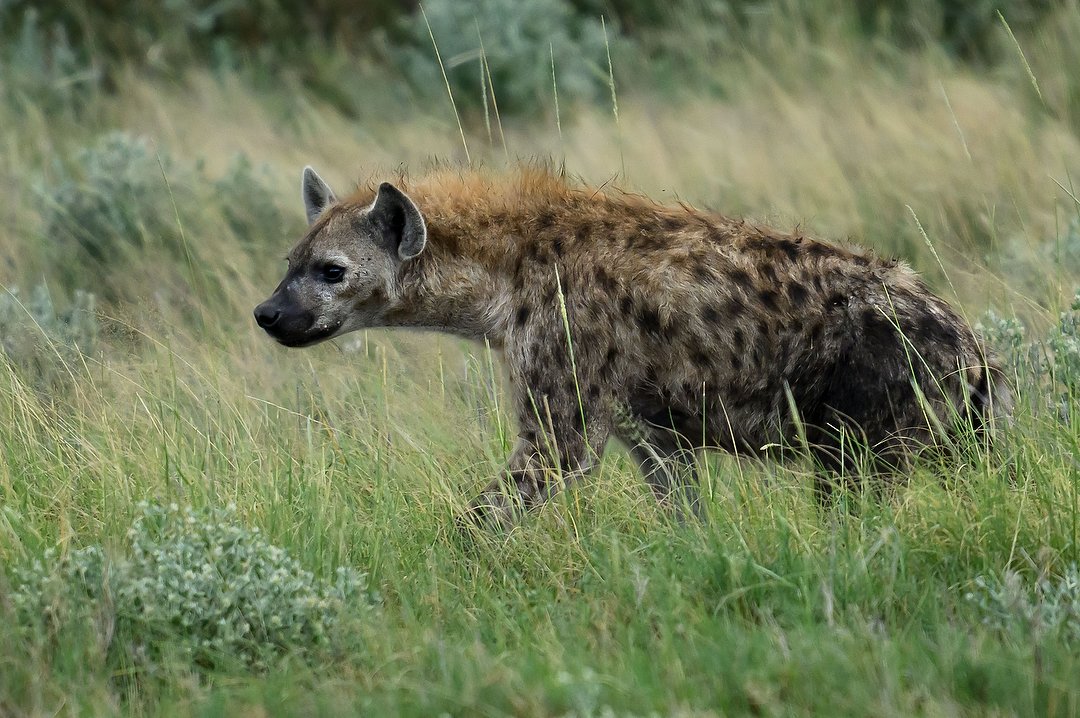
Nikon Z 8, Aperture Priority, Sunny white balance, ISO 1400, 1/1600 at f/6.3 in Matrix metering, -0.3 EV, Nikkor Z 180-600mm f/5.6-6.3 VR lens at 600mm.
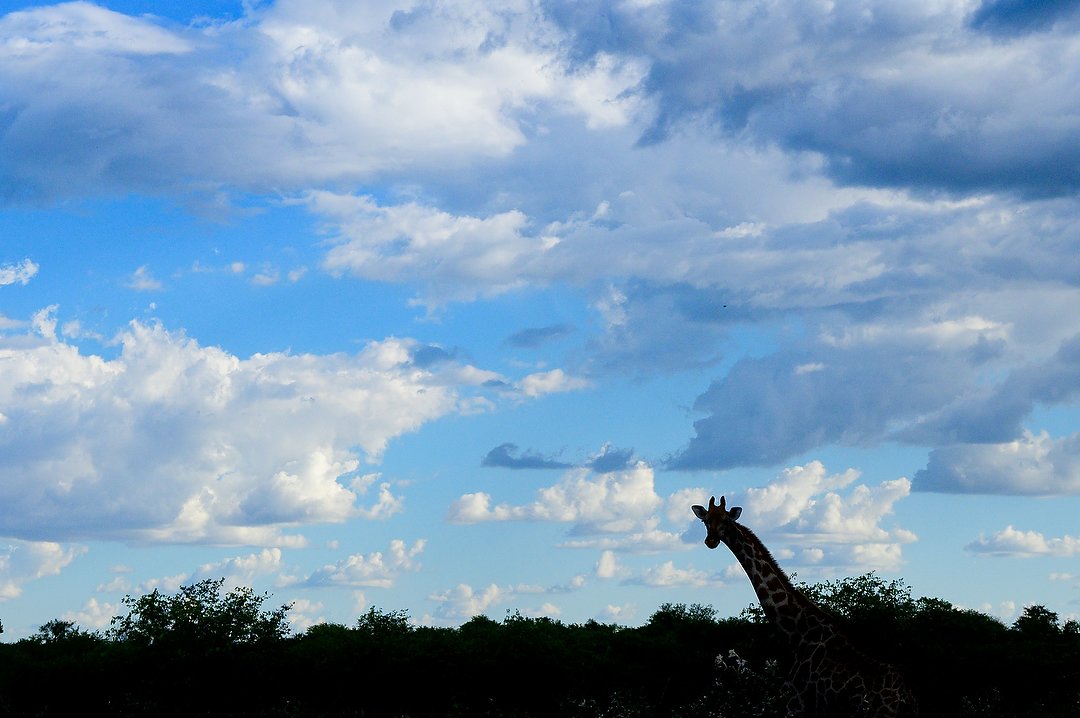
Nikon Z 6 II, Aperture Priority, Sunny white balance, ISO 500, 1/2000 at f/8 in Matrix metering, 0.0 EV, Nikkor Z 24-200mm f/4-6.3 VR lens at 62mm.
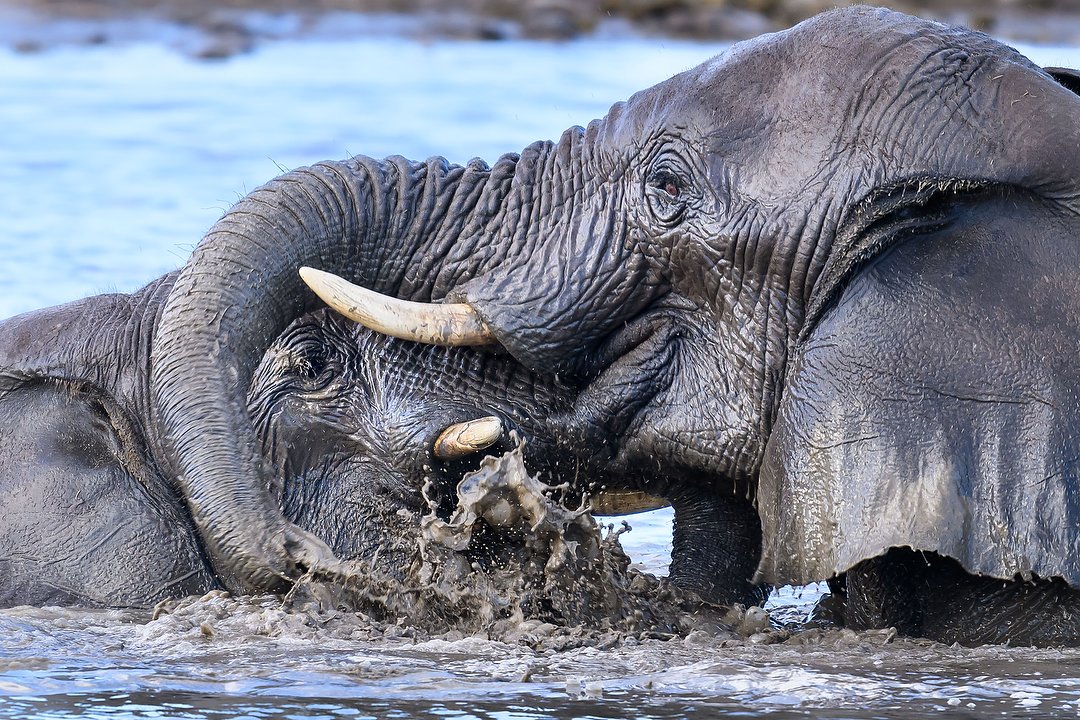
Nikon Z 8, Aperture Priority, Sunny white balance, ISO 800, 1/320 at f/6.3 in Matrix metering, +0.7 EV, Nikkor Z 180-600mm f/5.6-6.3 VR lens at 600mm.
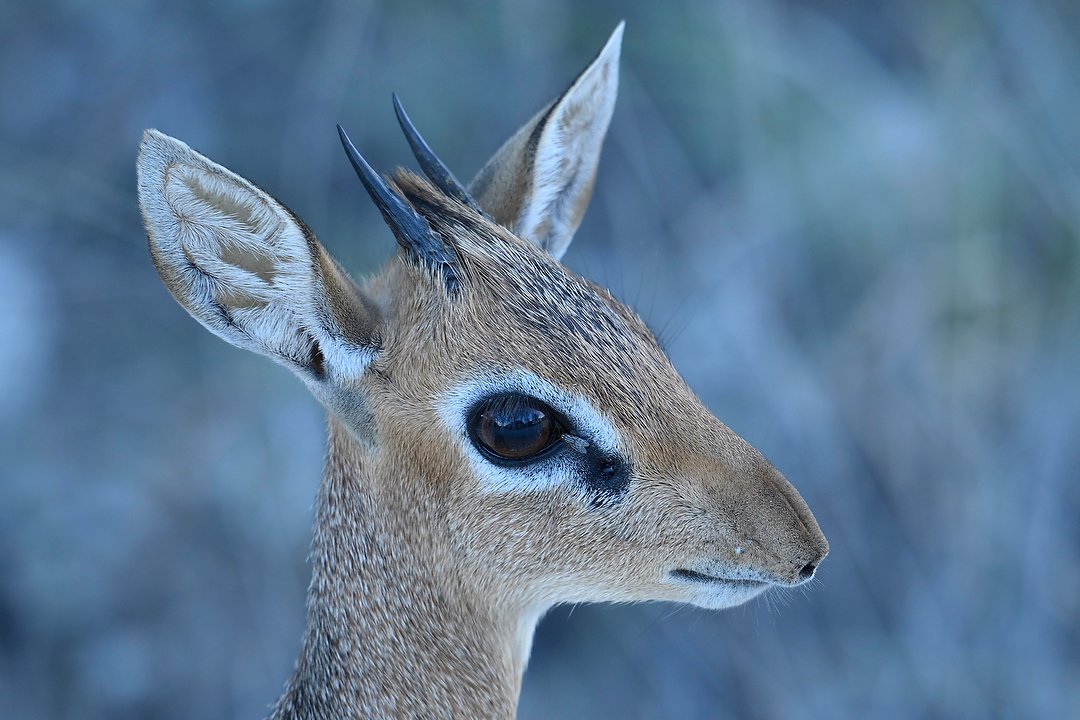
Nikon Z 8, Aperture Priority, Sunny white balance, ISO 1250, 1/125 at f/6.3 in Matrix metering, 0.0 EV, Nikkor Z 180-600mm f/5.6-6.3 VR lens at 480mm.
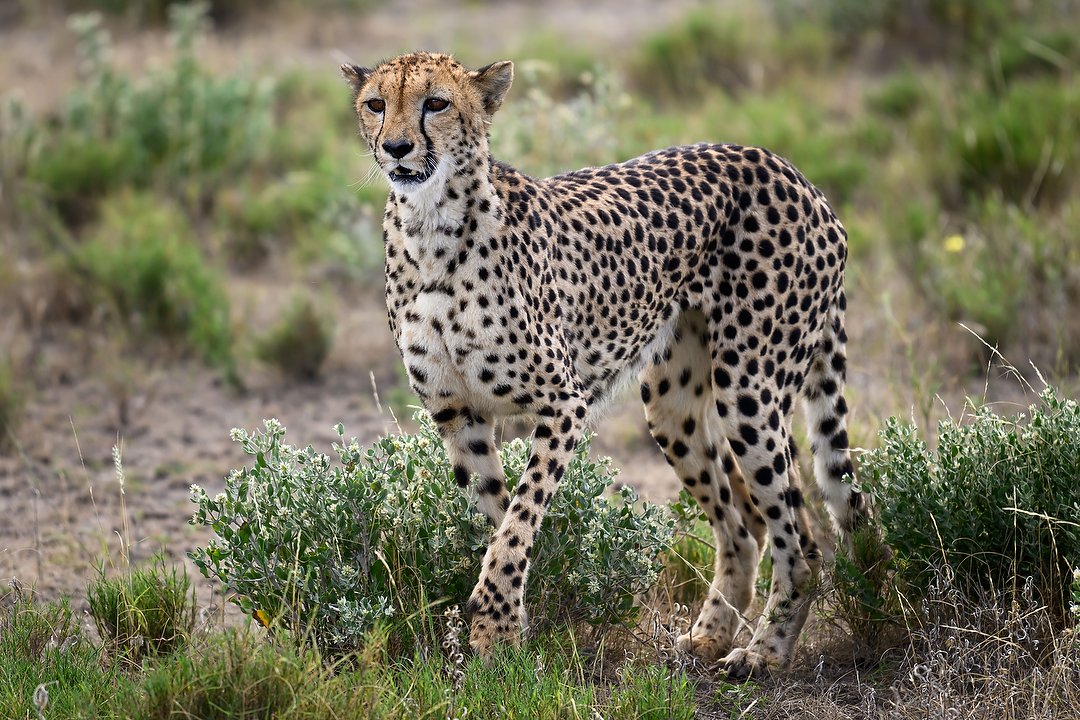
Nikon Z 8, Aperture Priority, Natural Auto white balance, ISO 500, 1/500 at f/6.3 in Matrix metering, +0.3 EV, Nikkor Z 180-600mm f/5.6-6.3 VR lens at 570mm.
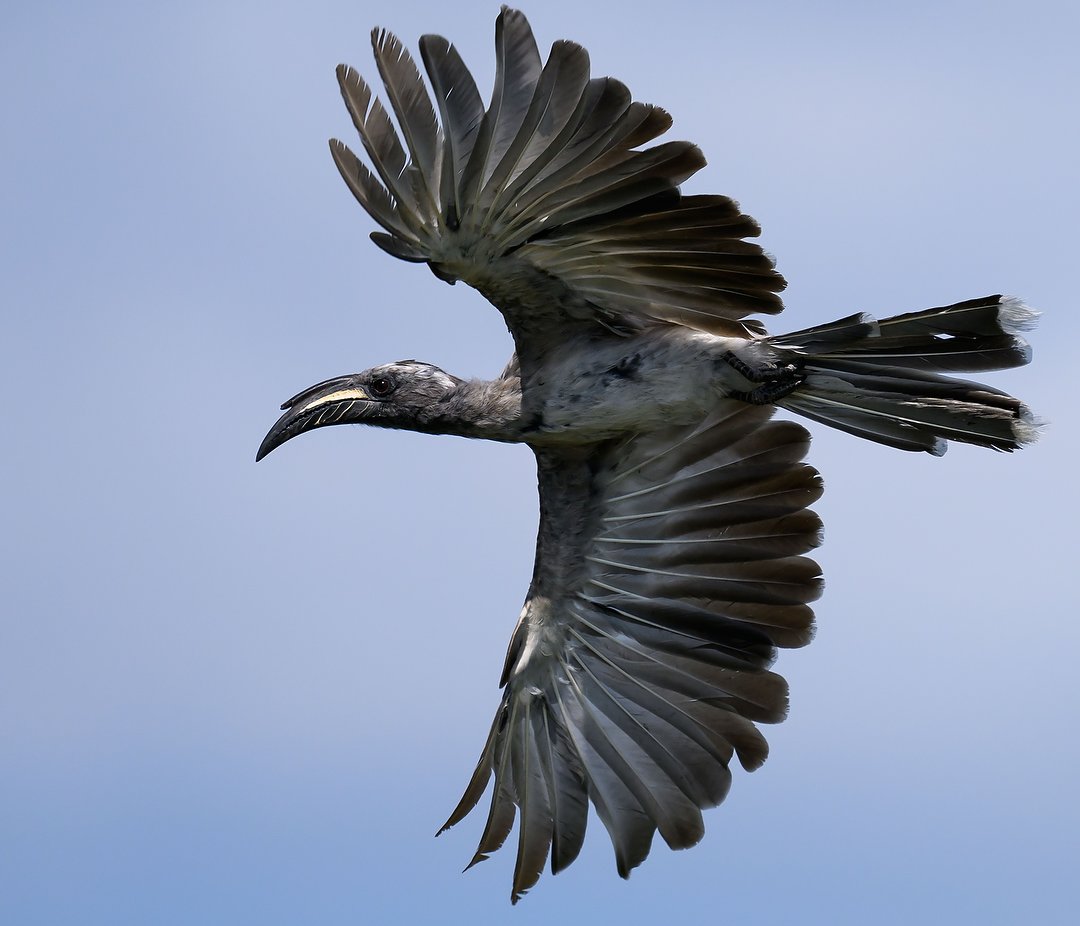
Nikon Z 8, Aperture Priority, Natural Auto white balance, ISO 400, 1/4000 at f/6.3 in Matrix metering, 0.0 EV, Nikkor Z 180-600mm f/5.6-6.3 VR lens at 600mm.
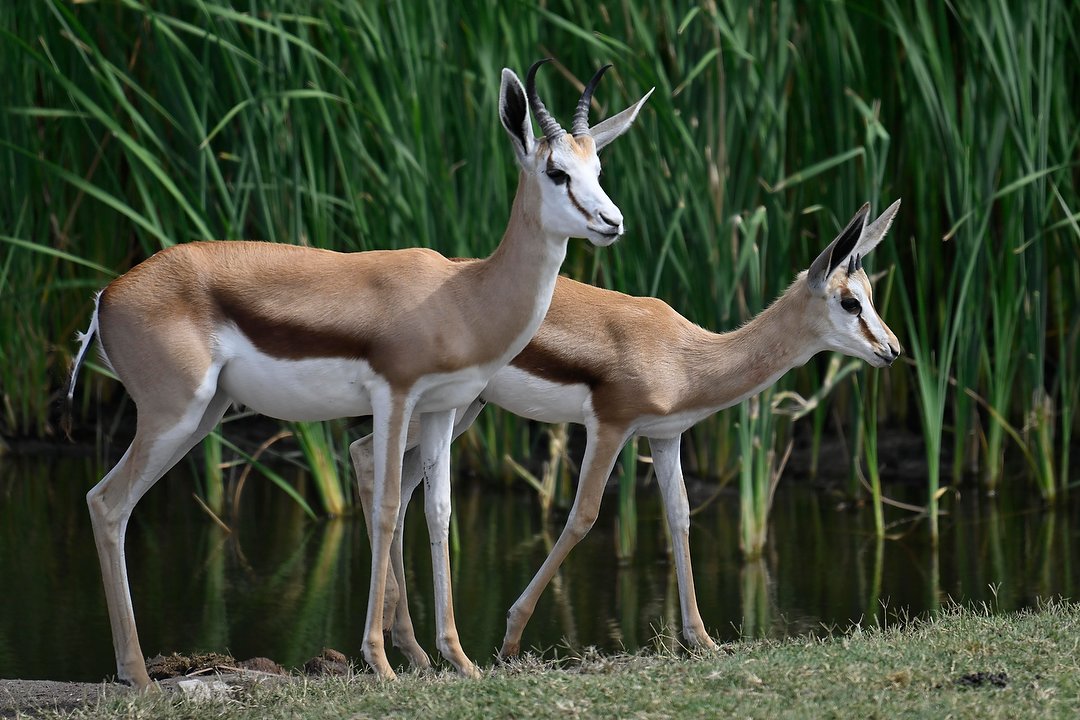
Nikon Z 8, Aperture Priority, Natural Auto white balance, ISO 450, 1/1600 at f/6.3 in Matrix metering, -0.7 EV, Nikkor Z 180-600mm f/5.6-6.3 VR lens at 600mm.
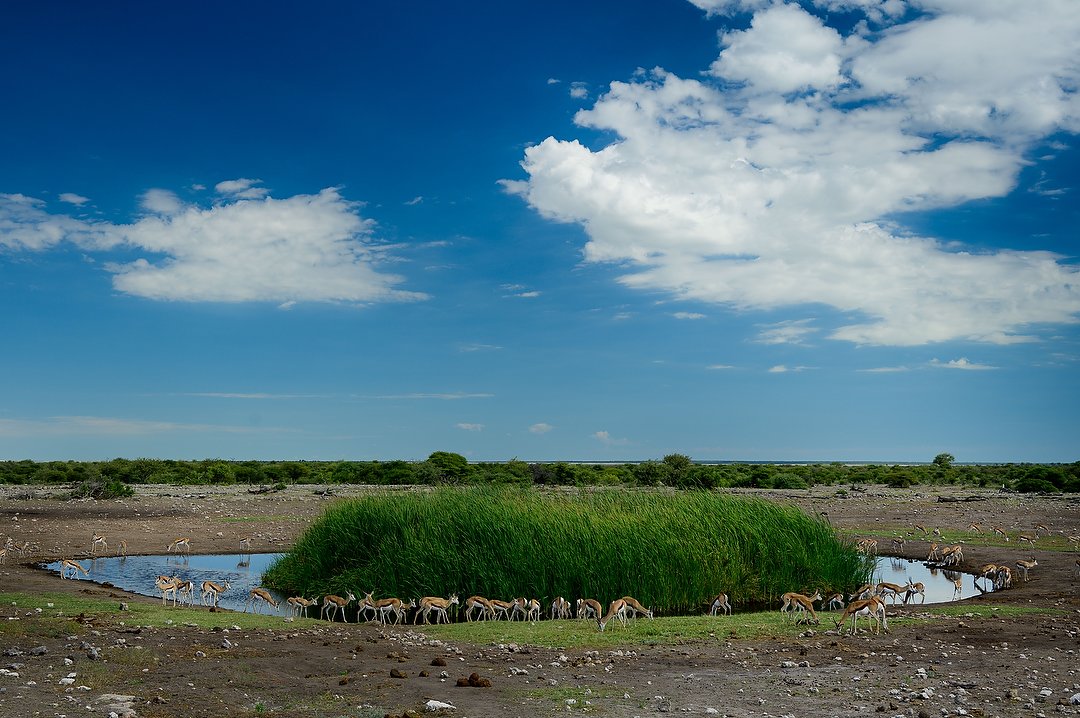
Nikon Z 6 II, Aperture Priority, Sunny white balance, ISO 100, 1/200 at f/8 in Matrix metering, 0.0 EV, Nikkor Z 24-200mm f/4-6.3 VR lens at 38mm.
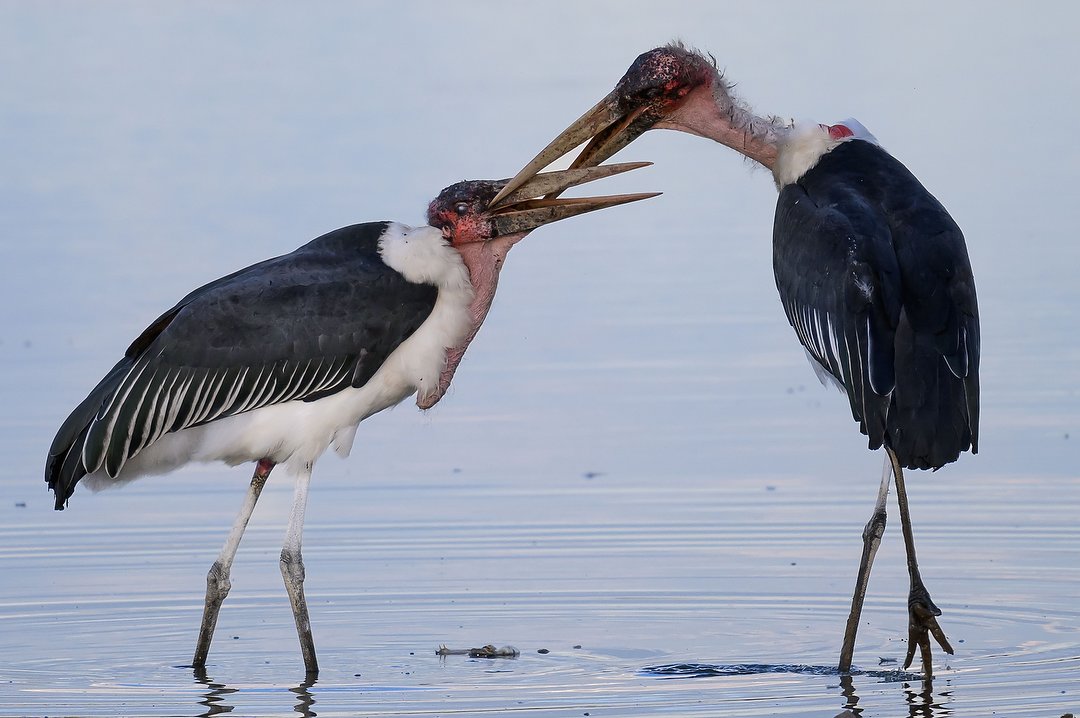
Nikon Z 8, Aperture Priority, Natural Auto white balance, ISO 640, 1/800 at f/6.3 in Matrix metering, +0.3 EV, Nikkor Z 180-600mm f/5.6-6.3 VR lens at 570mm.
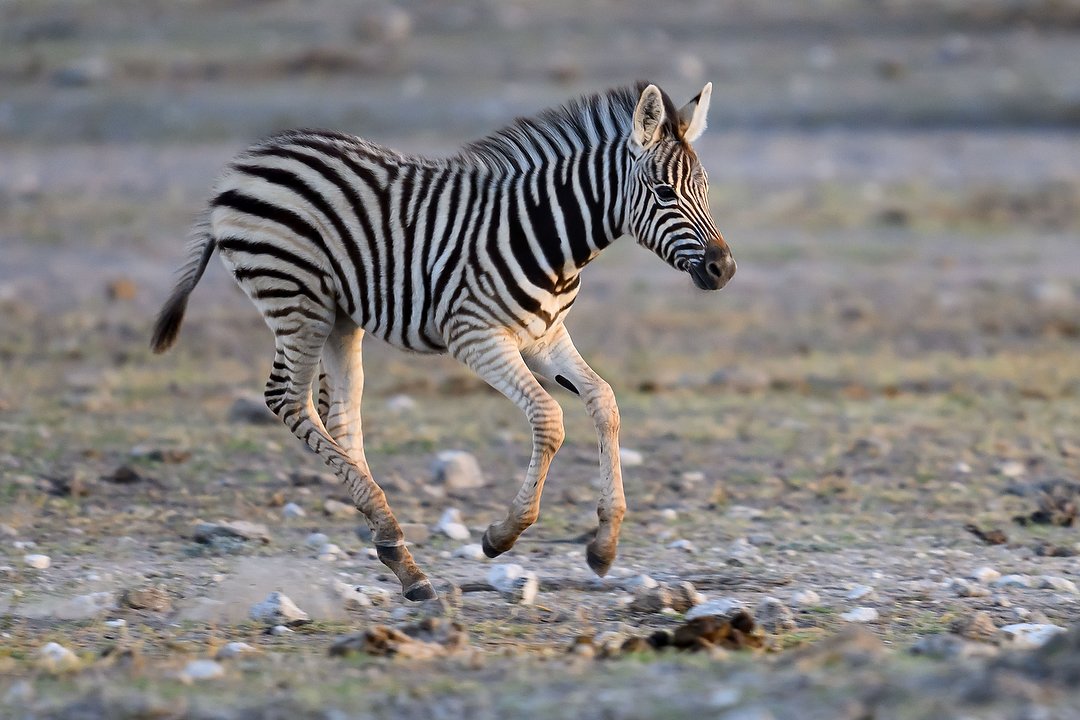
Nikon Z 8, Aperture Priority, Natural Auto white balance, ISO 1250, 1/400 at f/6.3 in Matrix metering, +0.3 EV, Nikkor Z 180-600mm f/5.6-6.3 VR lens at 600mm.
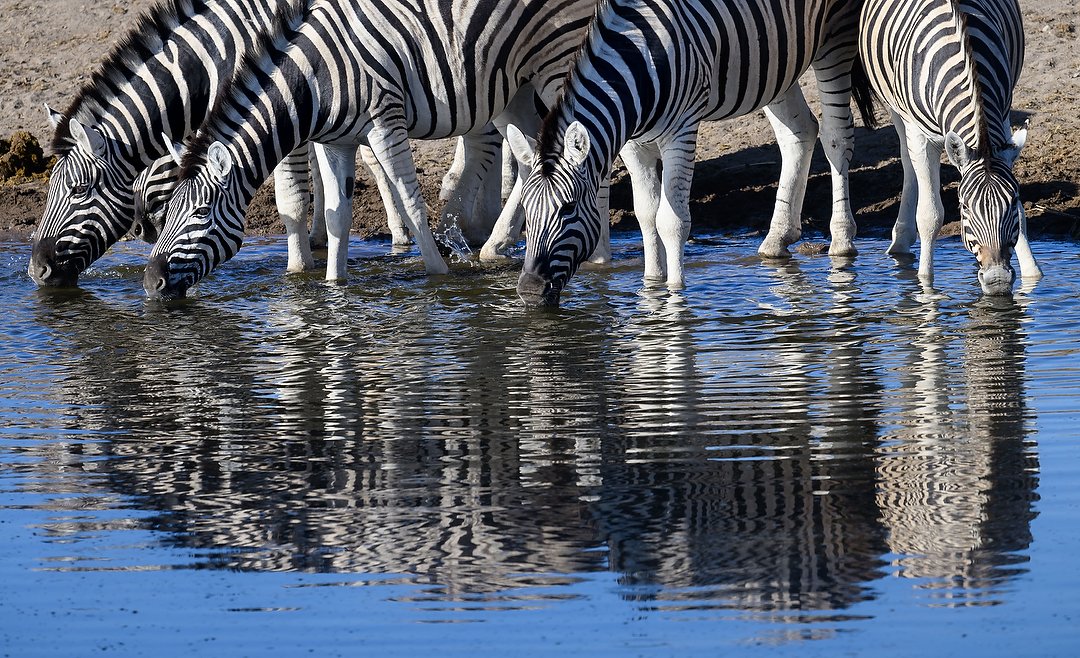
Nikon Z 8, Aperture Priority, Natural Auto white balance, ISO 500, 1/1000 at f/7.1 in Matrix metering, 0.0 EV, Nikkor Z 180-600mm f/5.6-6.3 VR lens at 600mm.

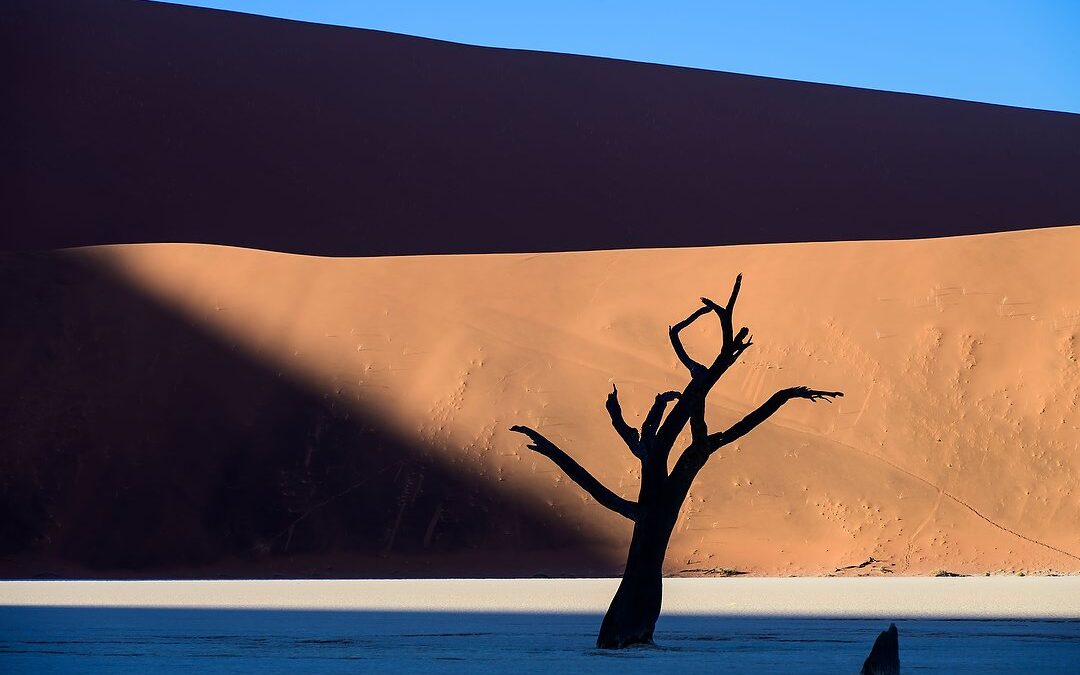
When are you going to put your gorgeous photos together for a book???
Hi Alan. Too much work! 🙂